- A big step up in engineering for Honda
- Hybrid drivetrain is refined and efficient
- Spacious and practical cabin
- A larger and more powerful RAV4 hybrid is cheaper
- Boot is smaller than the last HR-V
- Only four seats and no spare wheel
It’s been a whirlwind couple of decades for Honda in Australia. After a series of natural disasters and the Global Financial Crisis of the late 2000s crippling the car maker’s development budget, it – like many other car makers – pulled up its shorts to focus on profit-making machines like the CR-V. But fast forward a decade and things are different. New products – with a smaller overall range – as well as a new agency model of selling cars have been implemented to increase profitability for Honda in Australia. With that in mind, the 2022 Honda HR-V e:HEV L has been launched, and we’ve been testing it to see what it’s like.
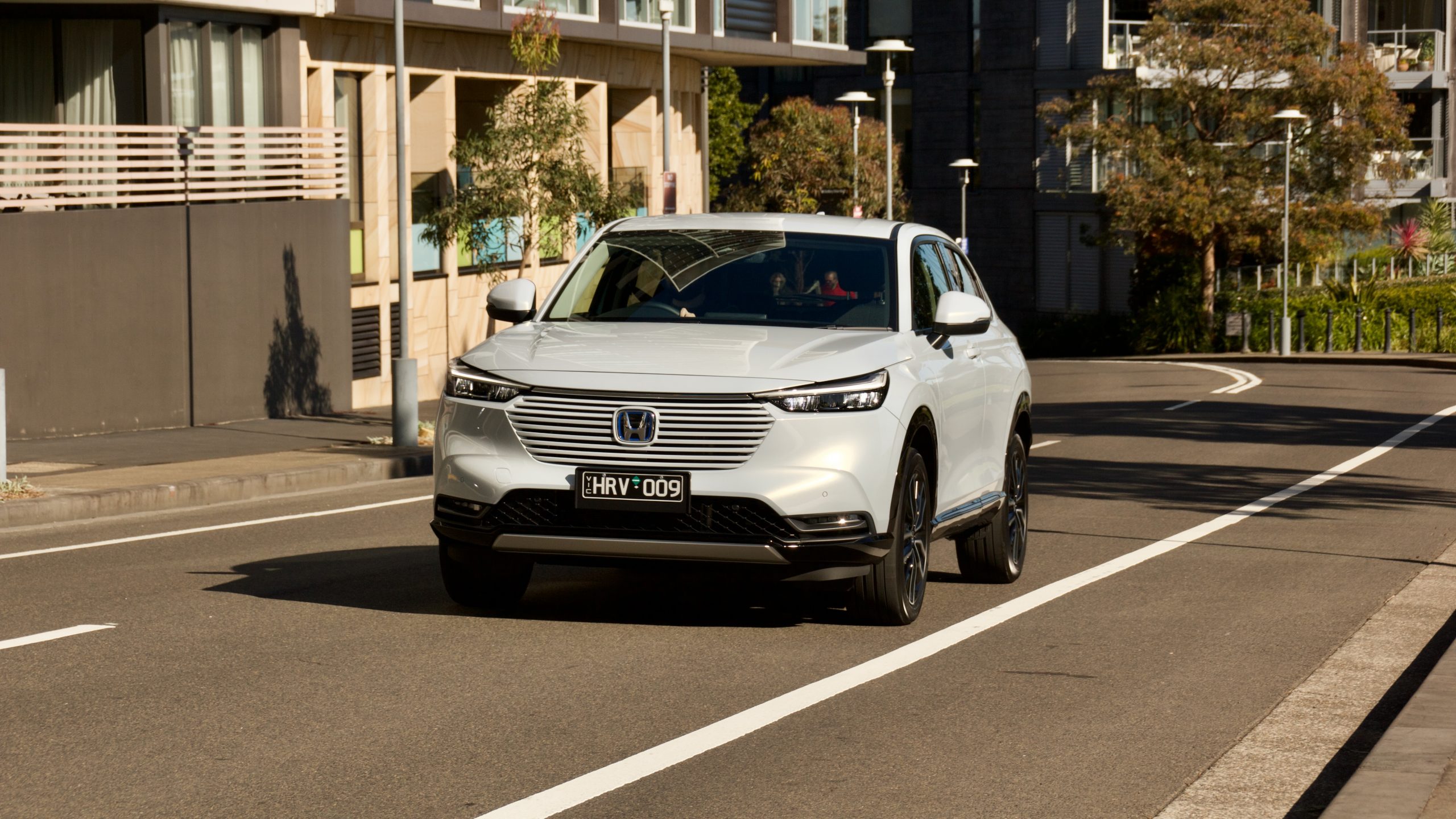
The previous-generation HR-V was a big success story for Honda Australia. Launched just at the right time to take advantage of the small SUV sales boom, there are thousands of them on Australian roads. But because of Honda’s choice to source them from Thailand and not Japan, our local specced cars were not quite as good as overseas models. Things are different this time around and the full range is now made Japanese again, so has the product improved despite a price rise? Let’s find out.
Price & Equipment: 7/10
While the 1.5-litre petrol entry HR-V Vi X is priced at $36,700 drive away, the top-spec hybrid e:HEV L that we tested is $45,000 drive away nationally under Honda’s new fixed price model.
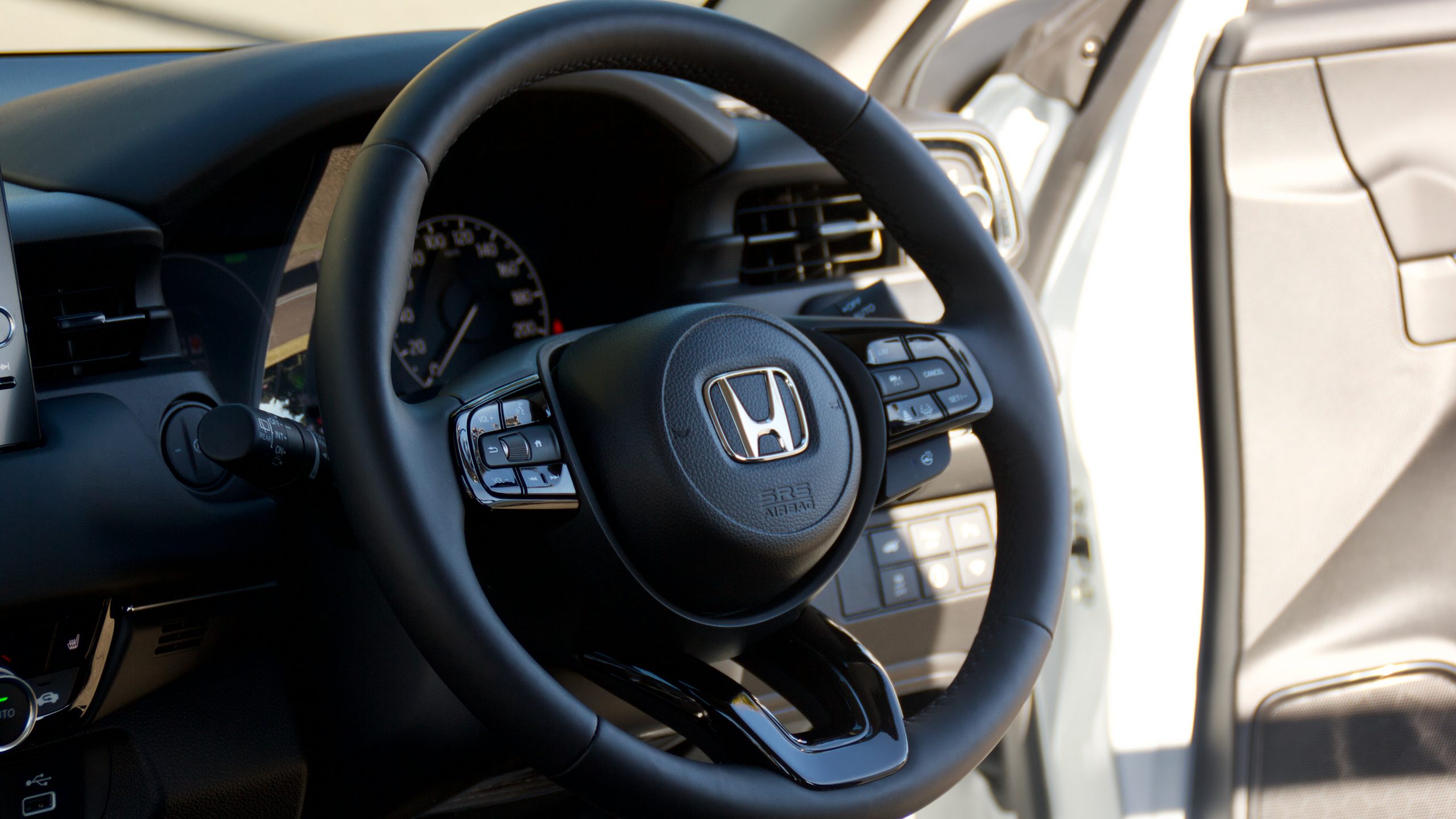
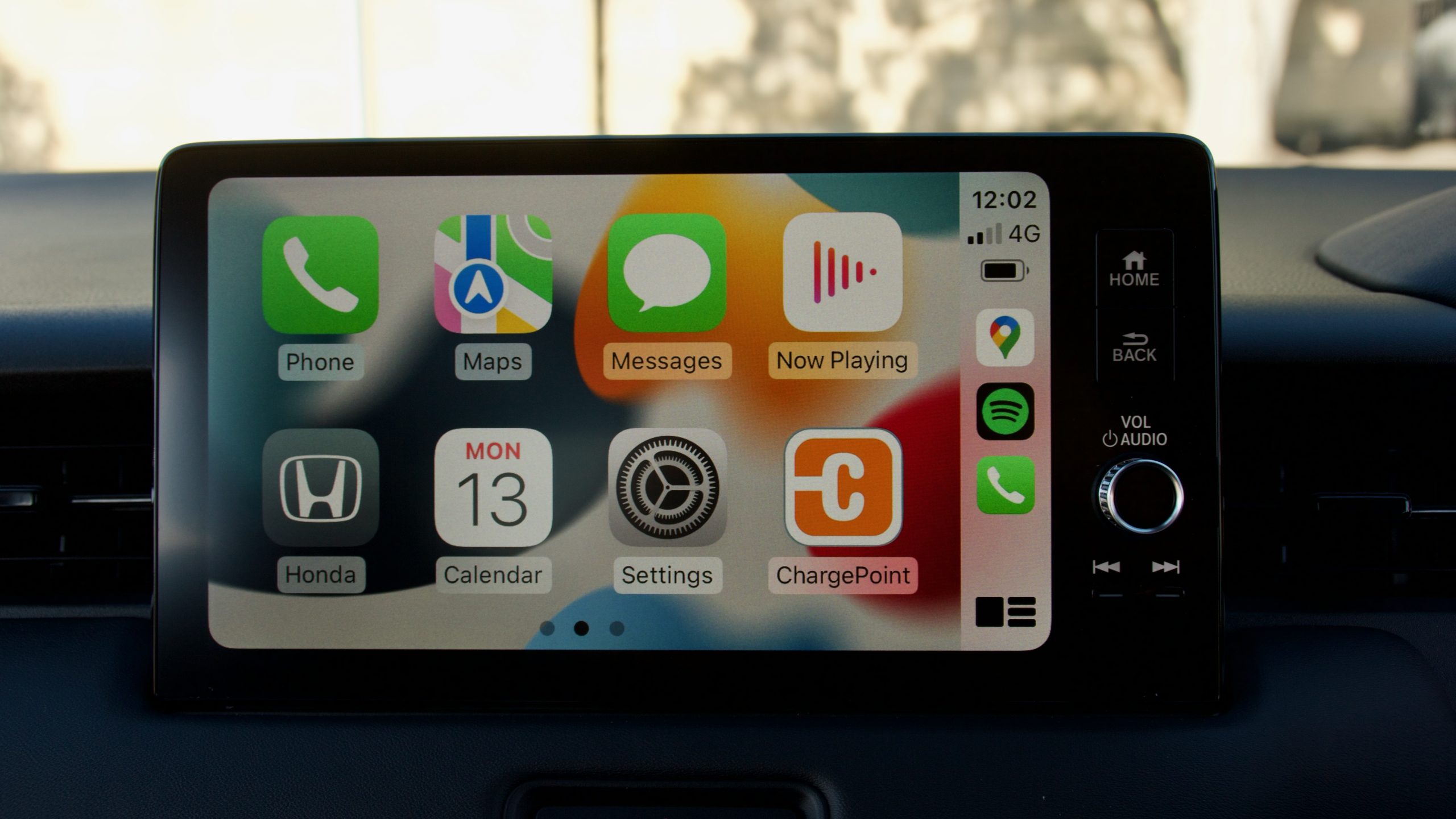
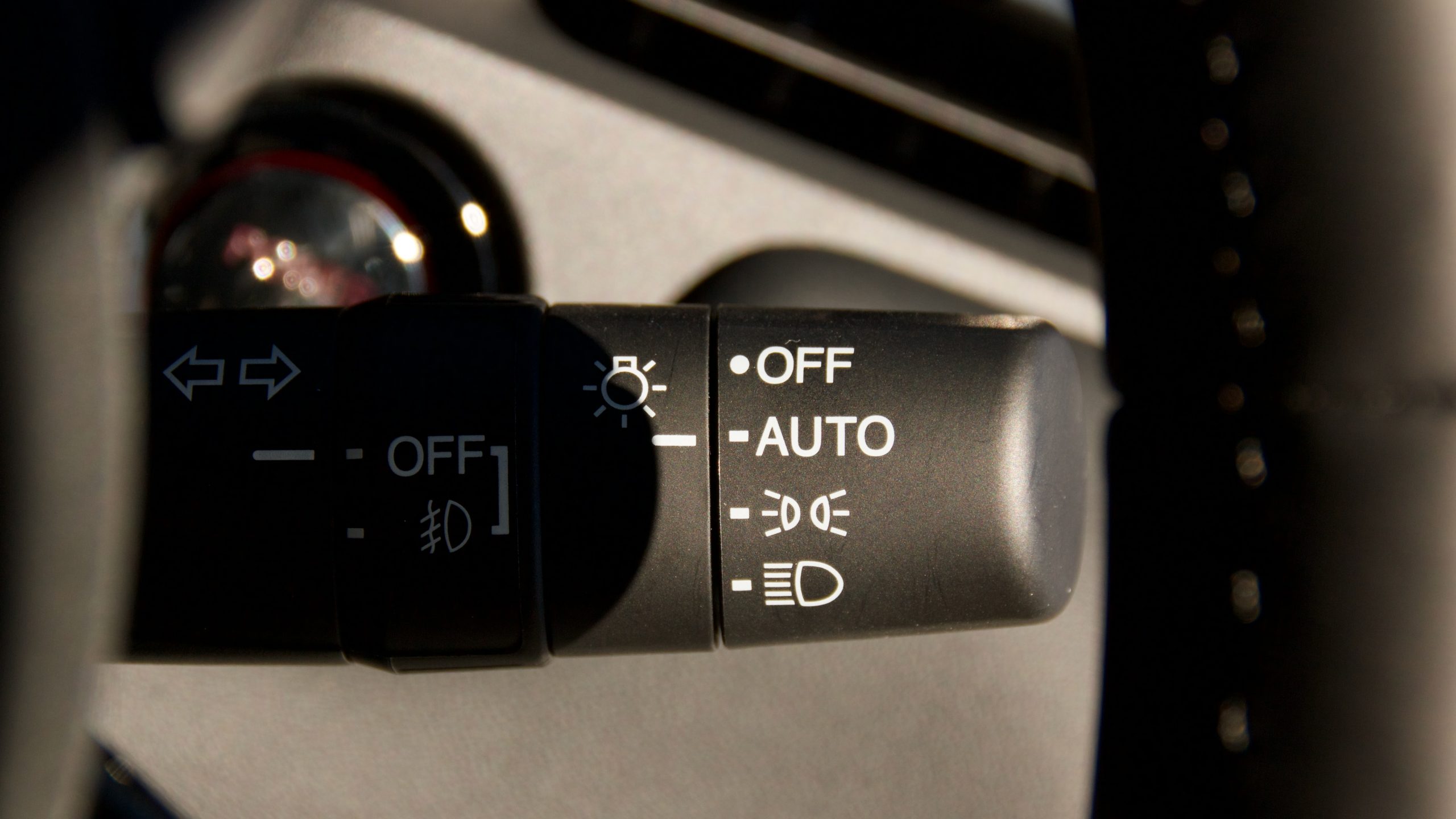
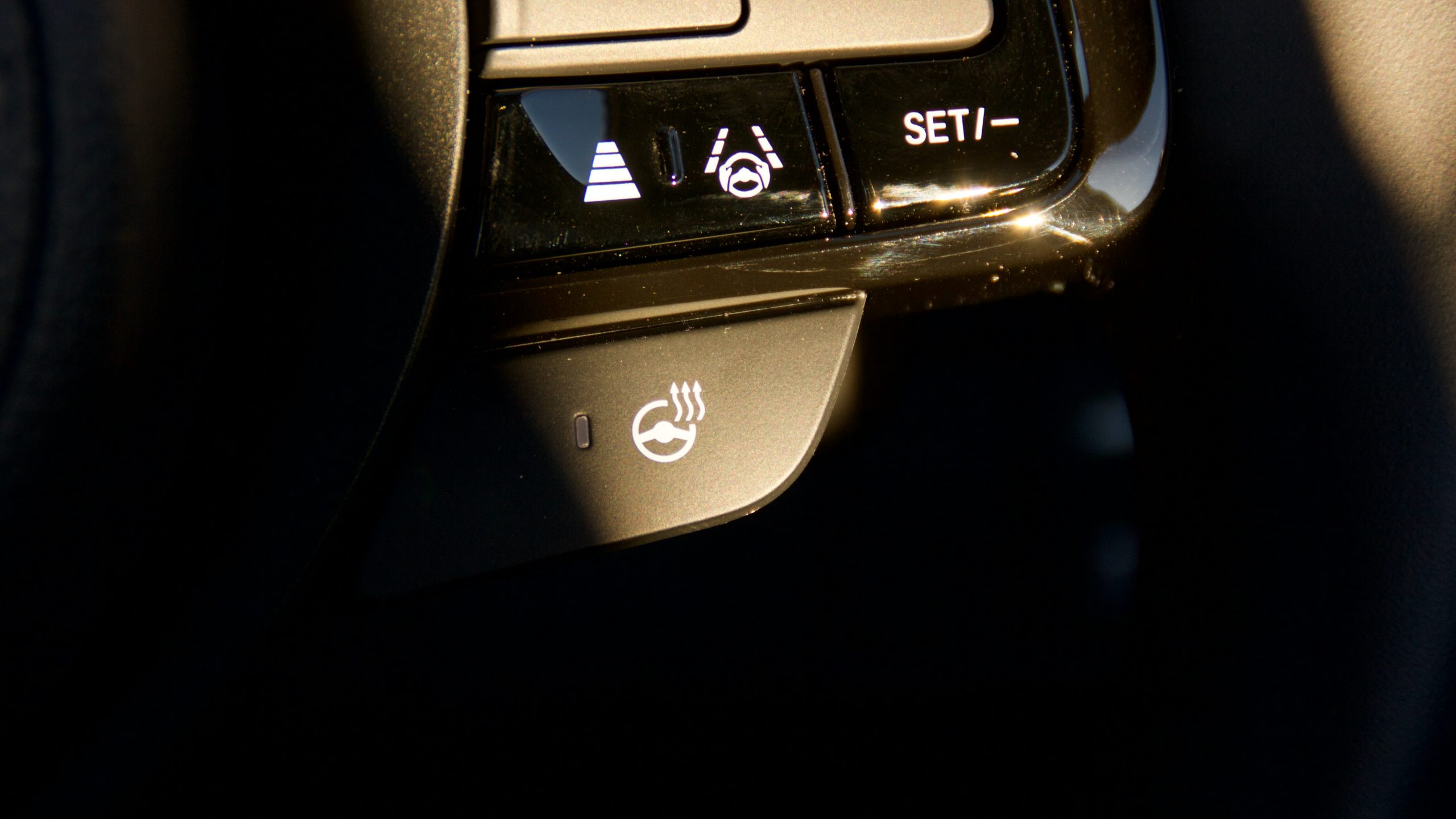
Standard equipment on the 2022 Honda HR-V e:HEV L includes 18-inch alloy wheels, automatic LED headlights with LED front fog lights, auto wipers, an electric tailgate with kick-to-open functionality, half leatherette/cloth upholstery with heated front seats, a leather-wrapped and heated steering wheel, a heated acoustic windscreen, a 9.0-inch touchscreen with wired Android Auto and wireless Apple CarPlay, satellite navigation, digital radio, dual-zone climate control with rear vents, a six-speaker sound system, heated/auto-folding/auto-dipping/auto-dimming mirrors, rear privacy glass, Honda’s ‘Magic Seats’ where the rear seats fold up, hill descent control, keyless entry and start and an alarm.
Safety equipment includes six airbags, auto emergency braking (AEB) with forward collision warning, lane departure warning with lane keep assist, lane trace assist, blind-spot monitoring with rear cross-traffic alert, intelligent speed limit assist, road departure mitigation, adaptive cruise control with low-speed stop and go functionality, auto high beam, traffic sign recognition, tyre pressure monitoring, front and rear parking sensors and a reversing camera.
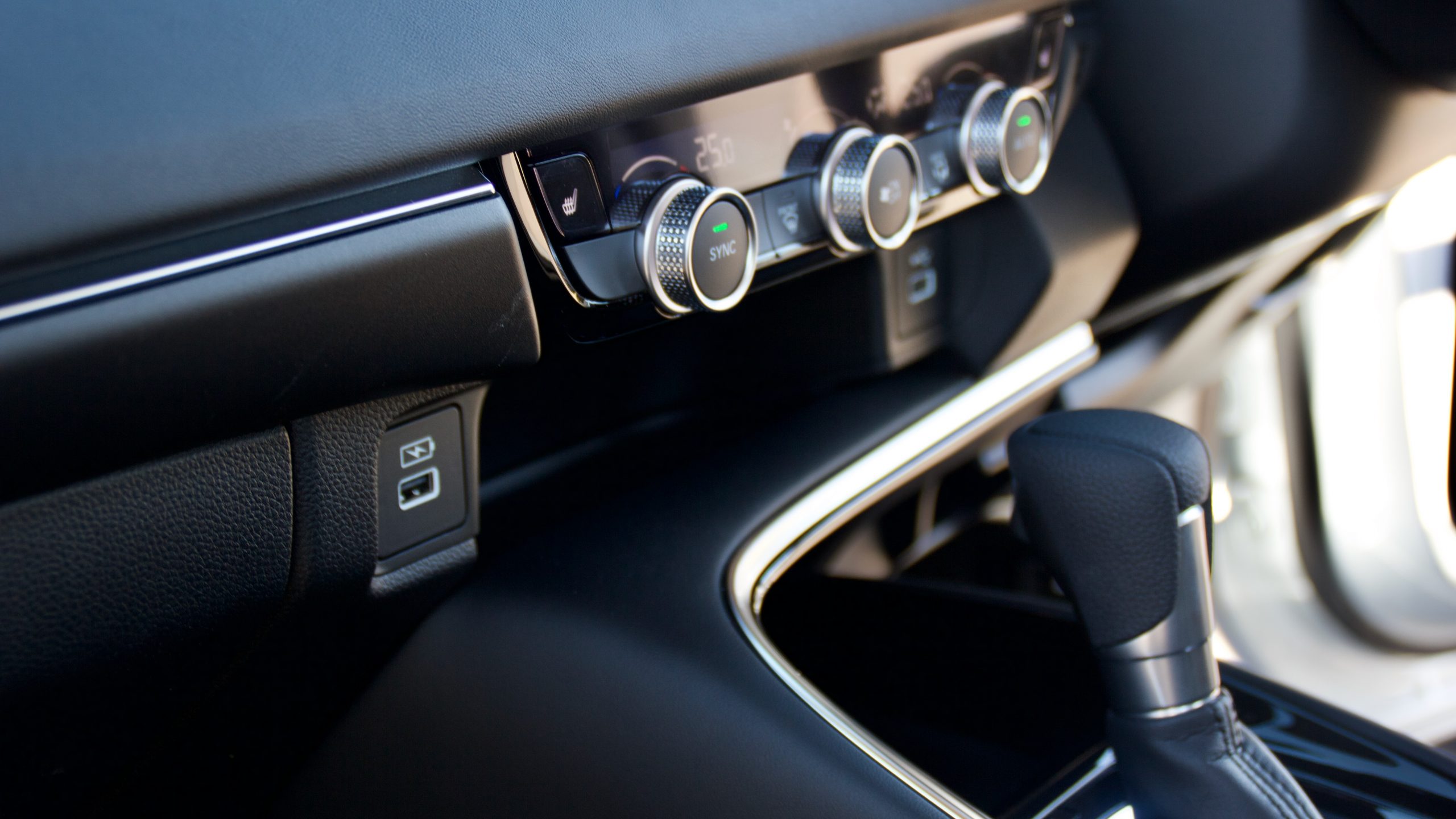
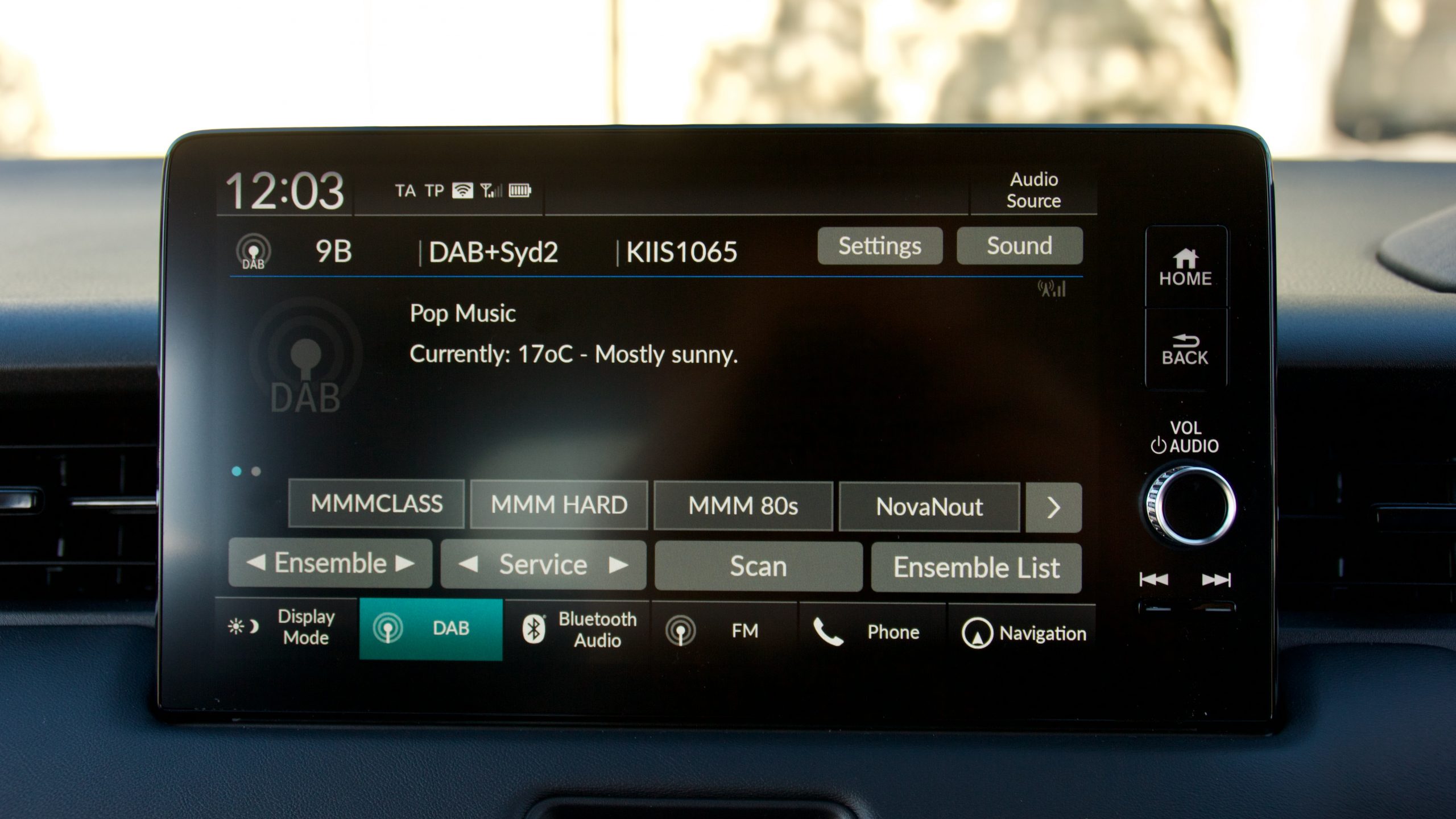
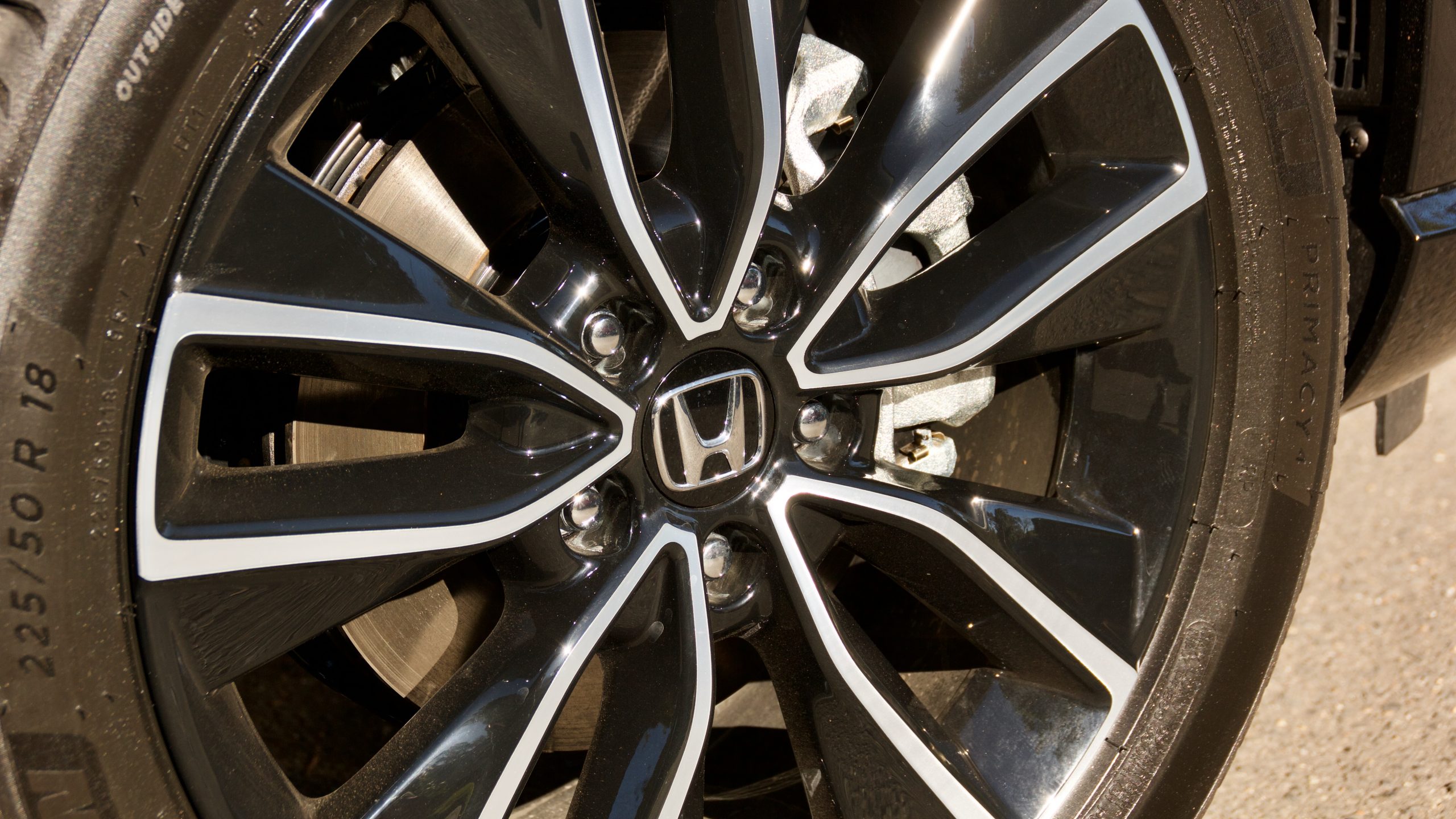
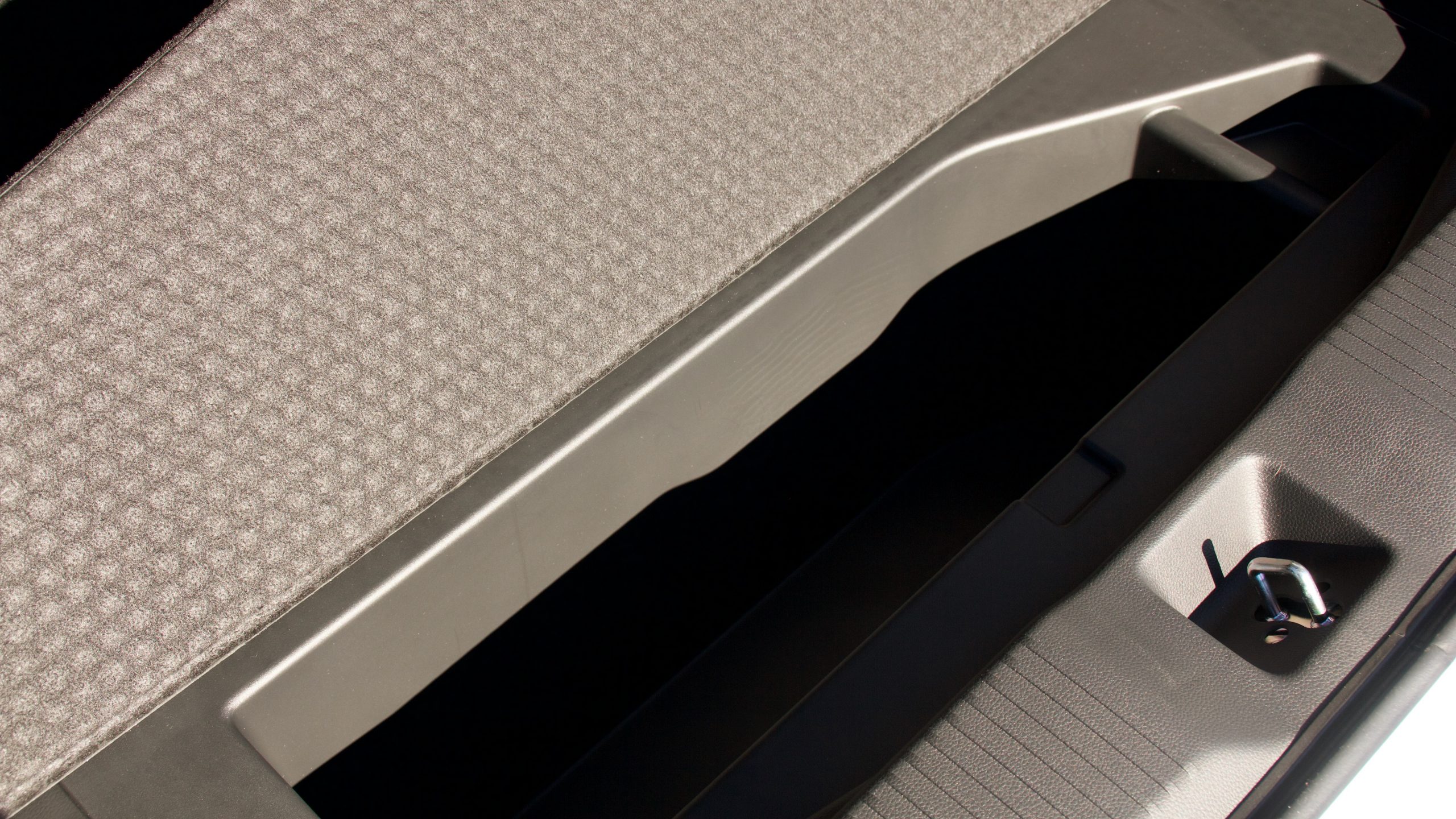
Five no-cost colours are available for the 2022 Honda HR-V: ‘Platinum White’, ‘Crystal Black’, ‘Meteoroid Grey’, ‘Premium Crystal Red’ and our test car’s ‘Premium Opal’. The only interior colour option is black.
The chief competitor to the HR-V e:HEV L is the Toyota C-HR Koba hybrid, which is priced at around $42,000 drive away (depending on your location), while the Kia Niro Sport hybrid is also comparable, priced at $45,990 drive away. The HR-V and C-HR share lots of equipment, including a long list of safety kit, as well as sophisticated hybrid drivetrains but the C-HR demonstrates that the Honda isn’t cheap for its size.
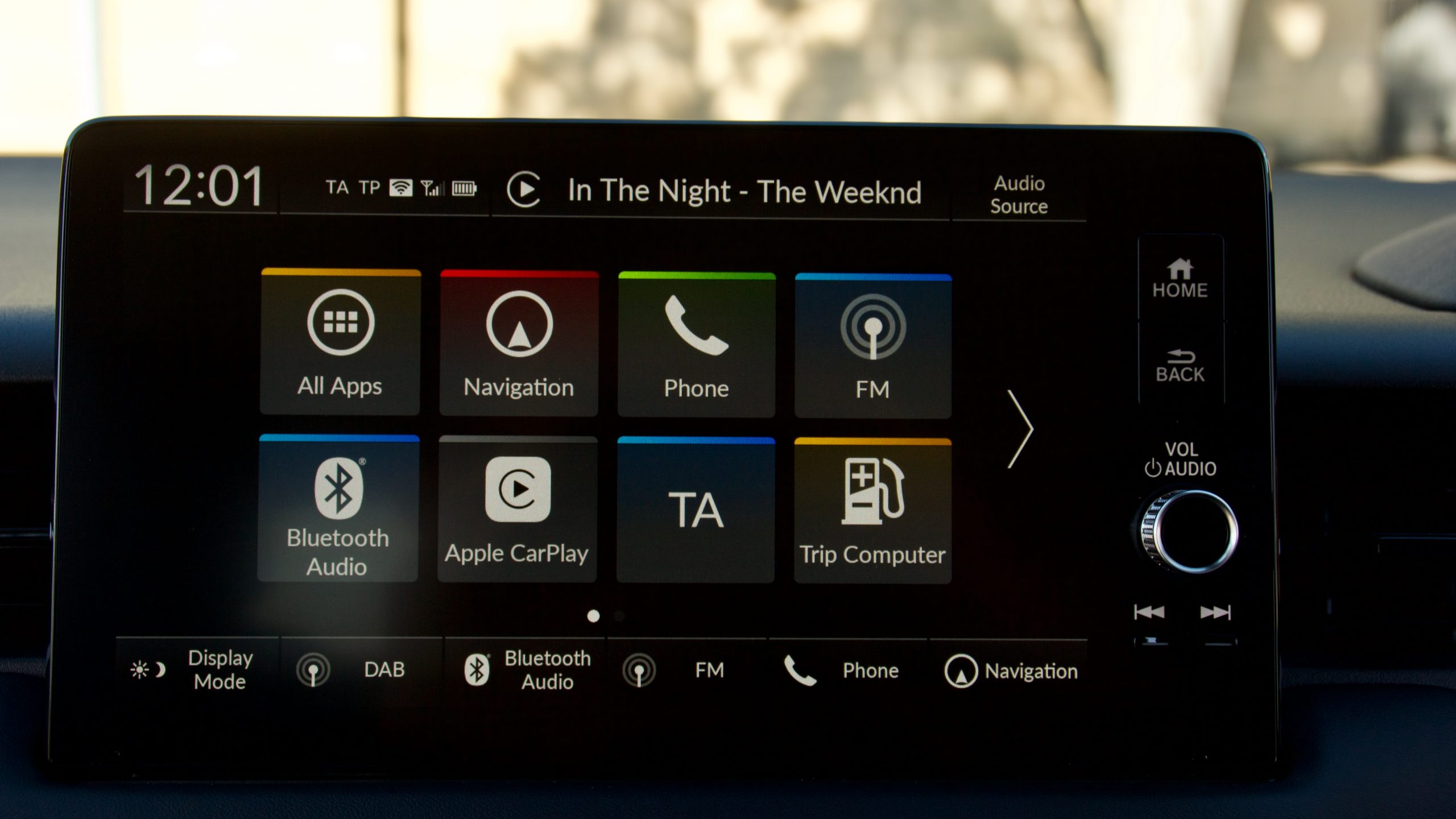
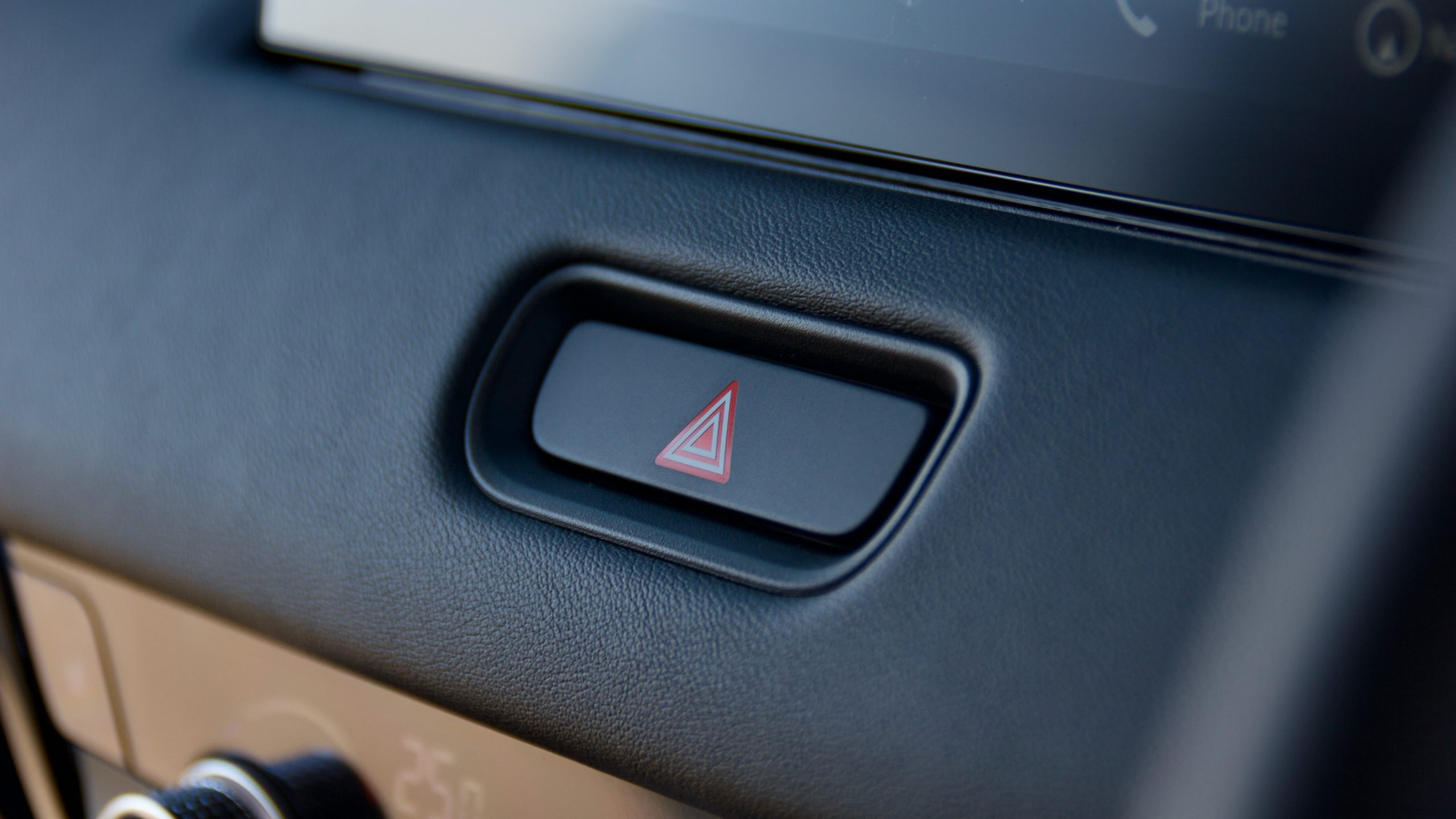
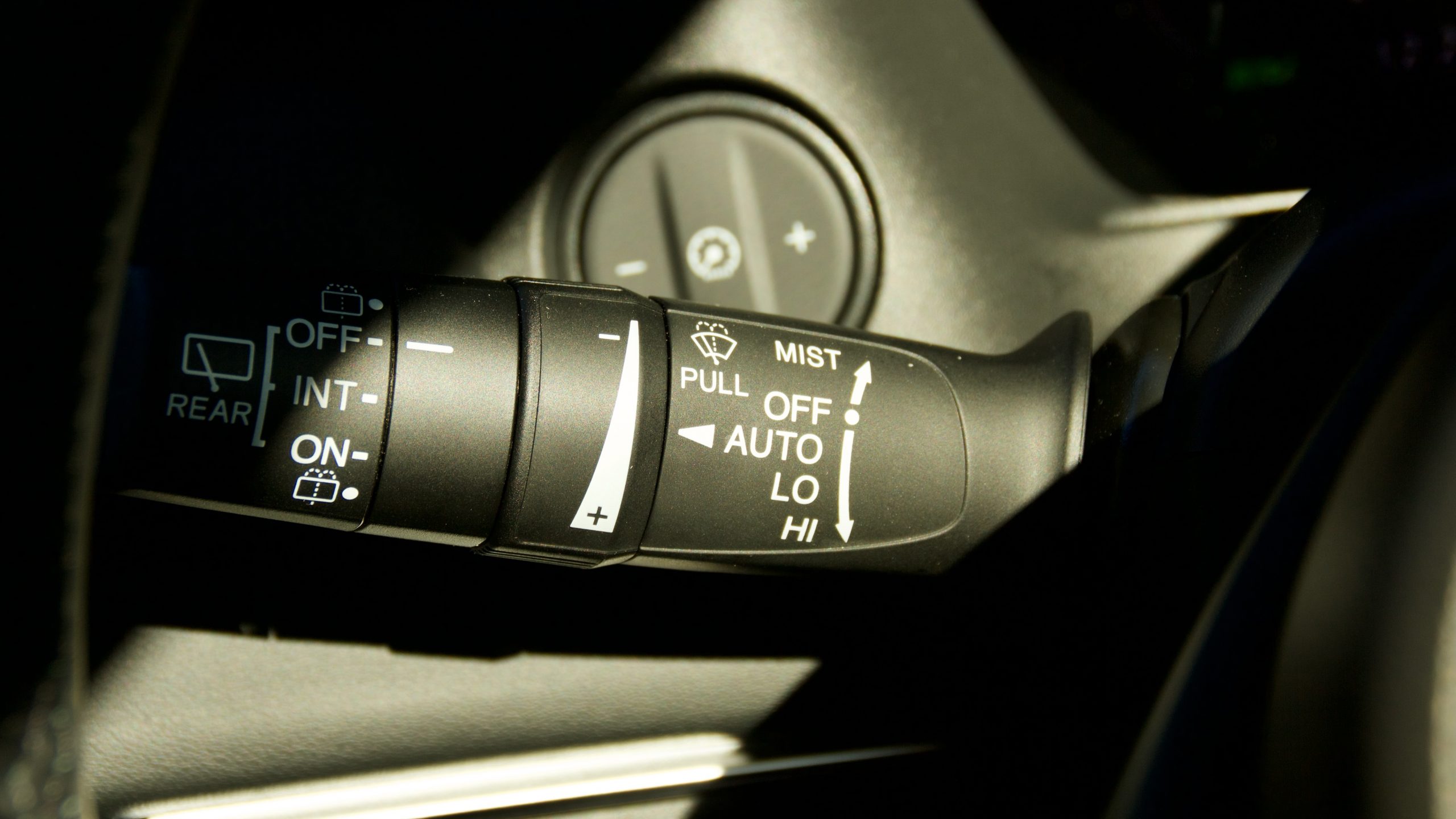
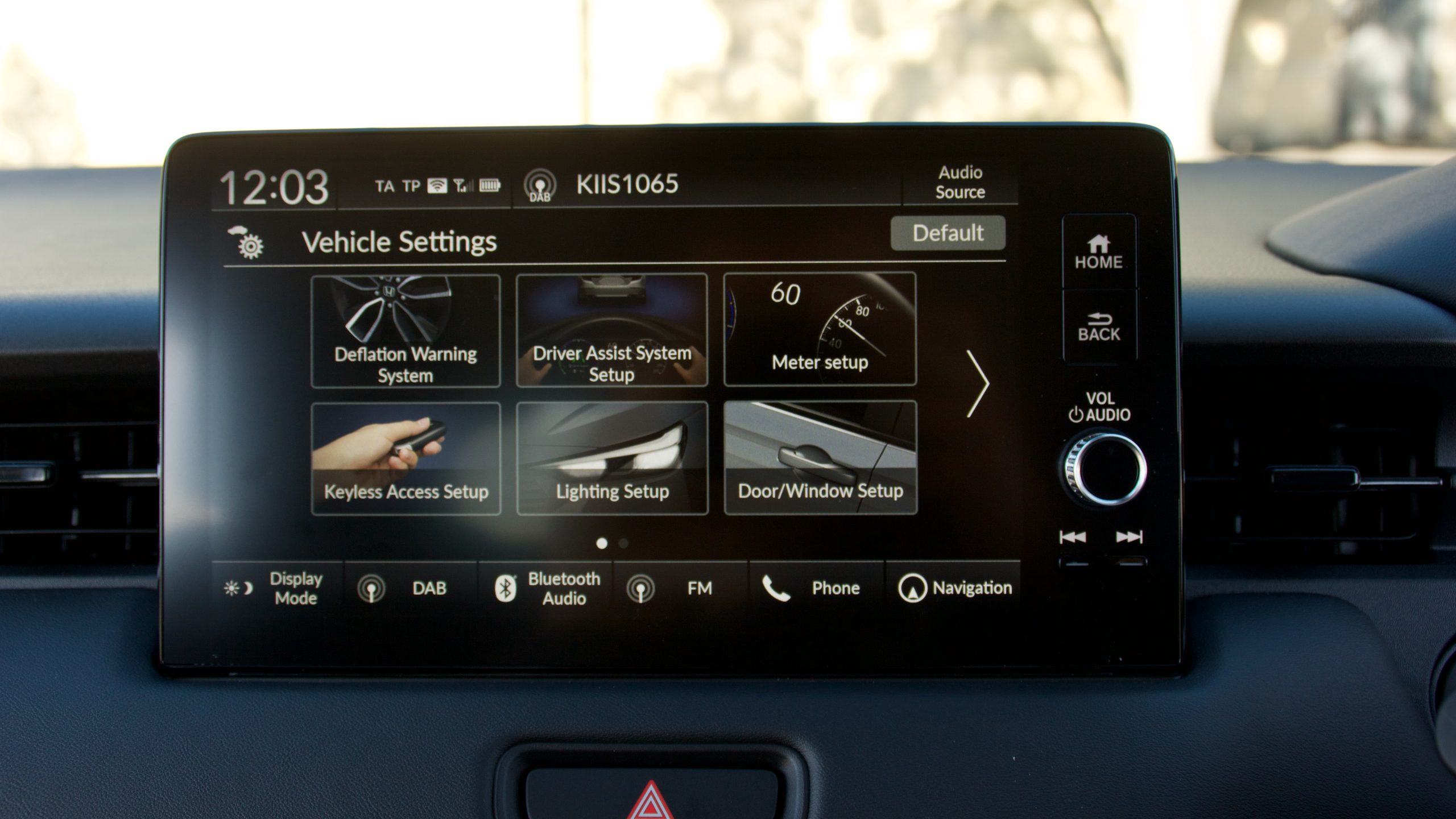
While the HR-V does add some equipment over the C-HR like an electric tailgate, rear air vents, a rear centre arm rest and a larger infotainment screen with wireless smartphone mirroring, the C-HR does have full leather upholstery, driver’s lumbar adjustment, a 360-degree parking camera and an extra airbag. And, of course, the C-HR is a five-seater – the Honda is only offered with four seats in Australia thanks to design rules, which may matter to you or not.
Another point to consider is that a larger (and still hybrid) Toyota RAV4 XSE is available for around $3,000 more than the HR-V. Not only is it larger, but it has a more powerful 160kW drivetrain with fuel consumption not much higher than the HR-V and more equipment like faux leather upholstery, a 10-way electrically adjustable driver’s seat, a wireless phone charger and roof rails.
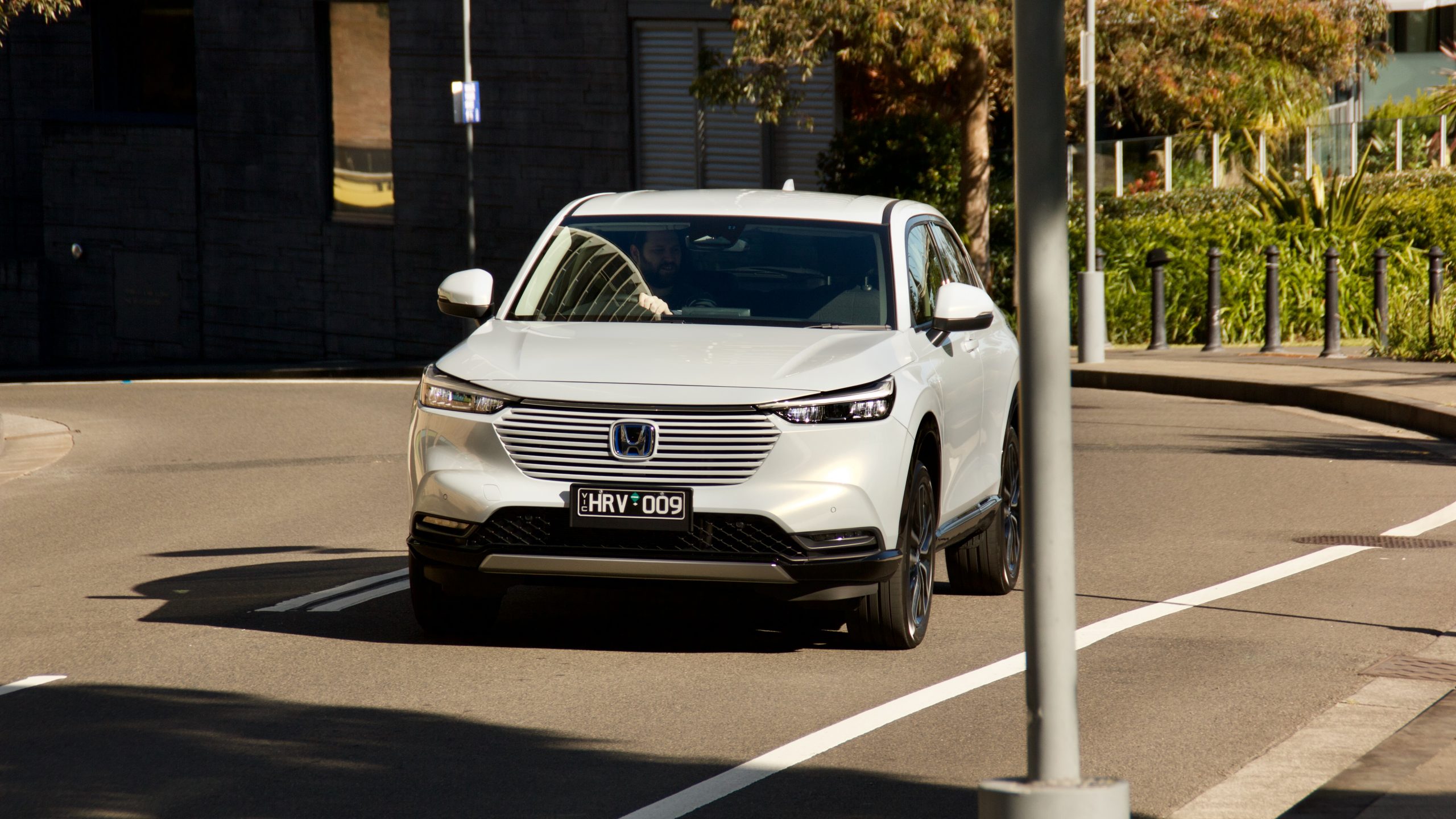
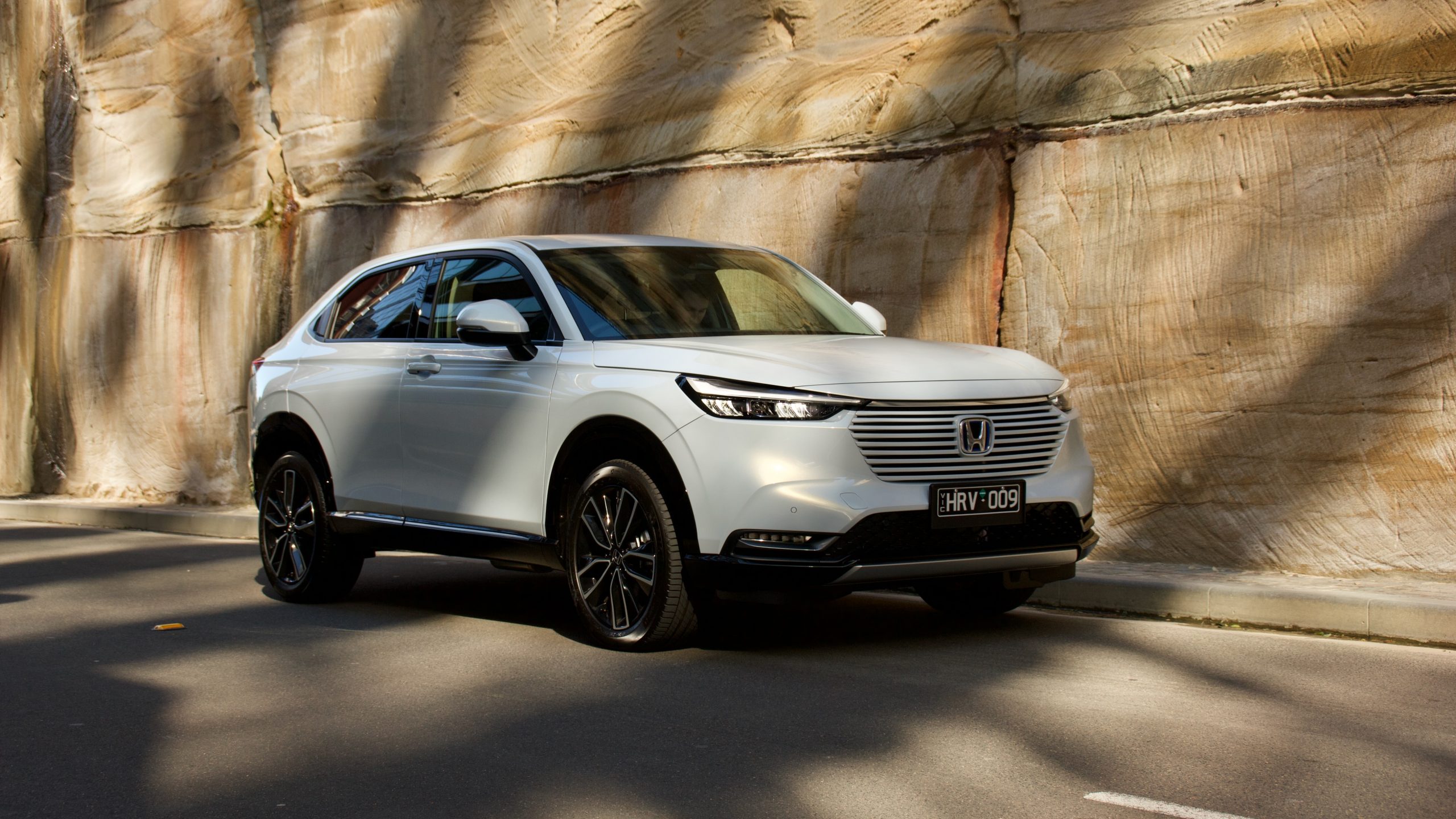
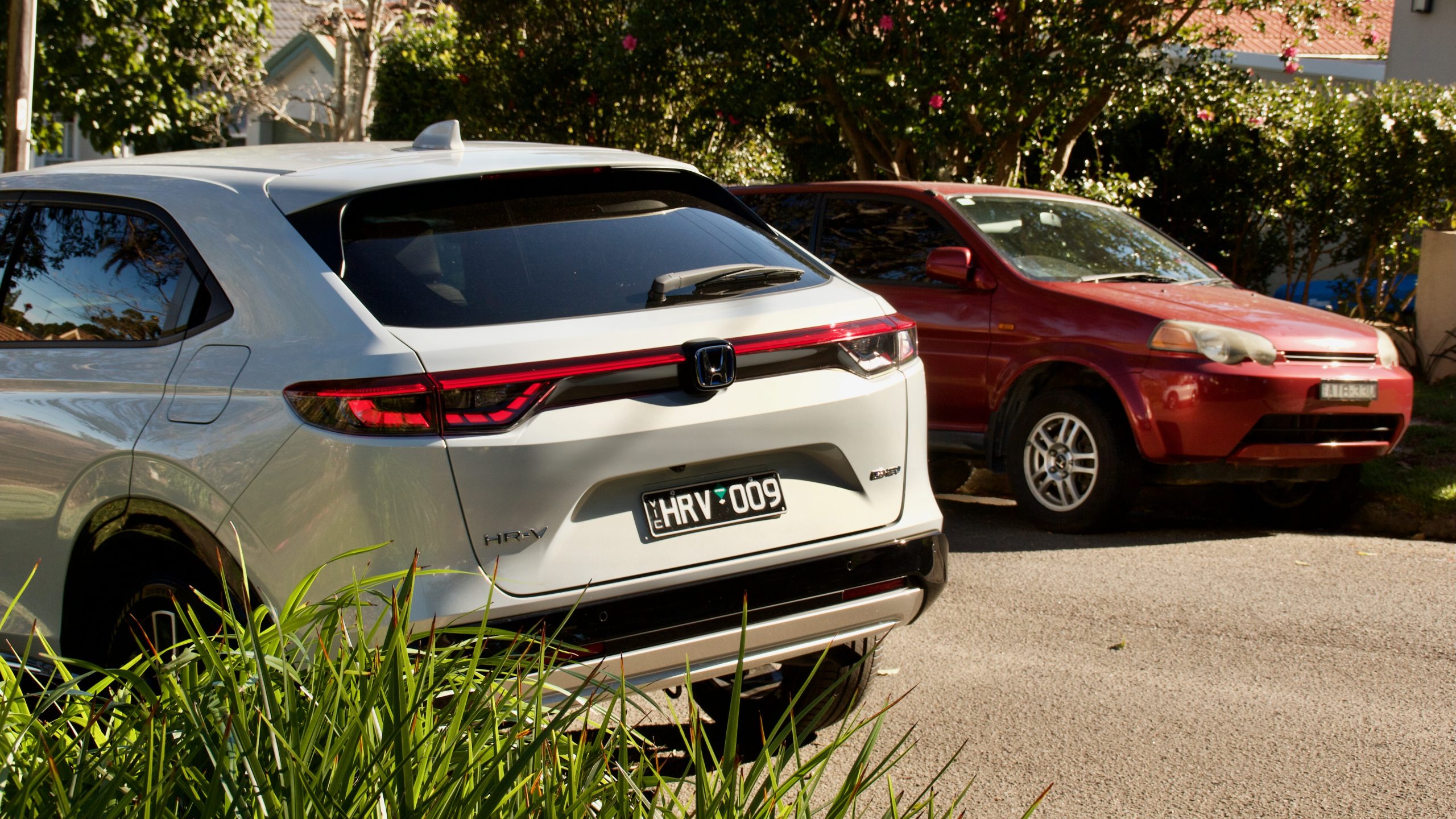
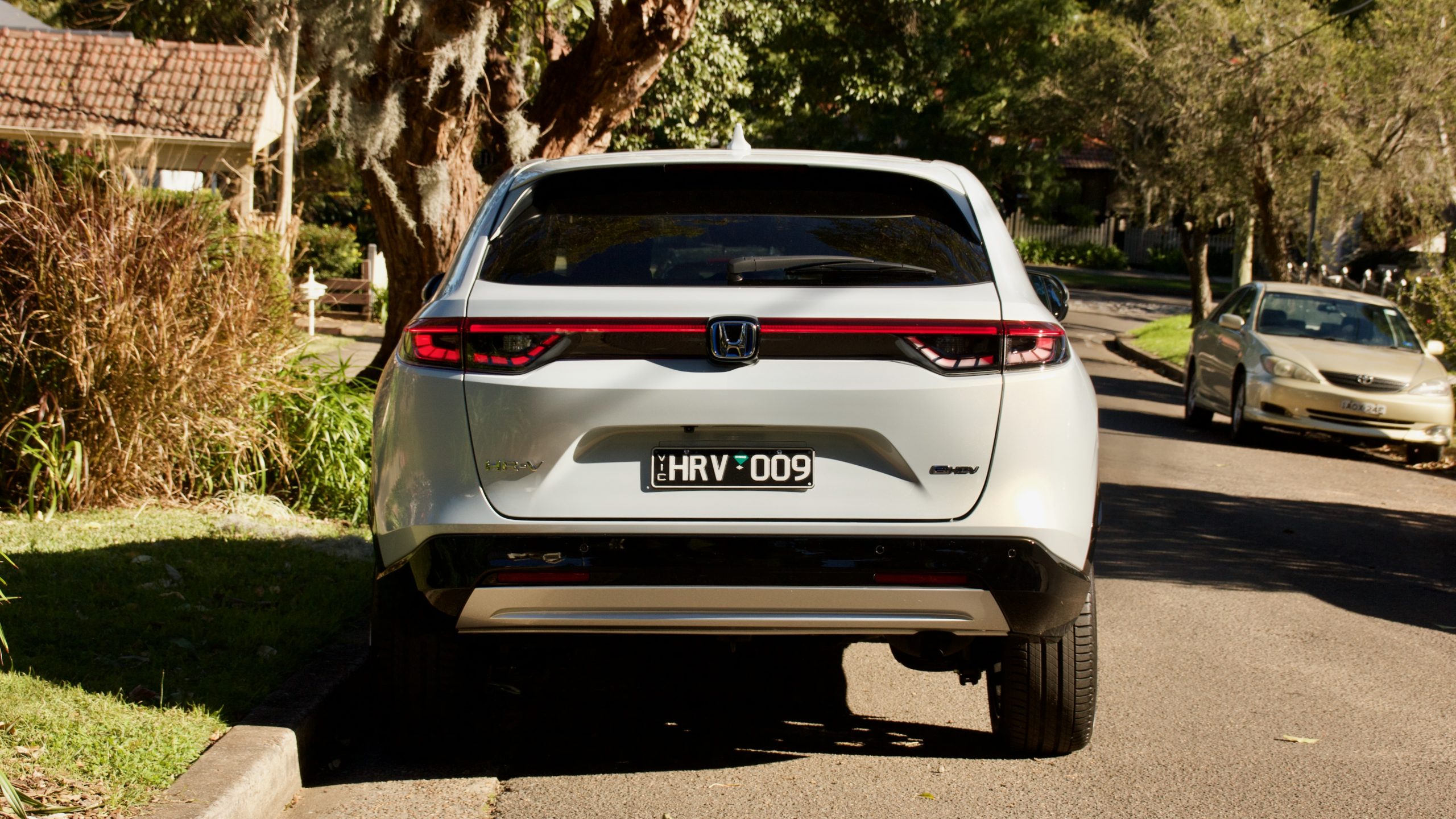
We also think that while it does offer quite a lot of kit, there are more pieces of equipment that the HR-V lacks, including full leather upholstery, a sunroof, a premium sound system, an electric driver’s seat, lumbar adjustment and a wireless phone charger to compliment the wireless smartphone mirroring.
Performance & Economy: 9/10
Under the bonnet of the 2022 Honda HR-V e:HEV L is a 1.5-litre four-cylinder petrol engine that’s mated to two electric motors on the front axle, with electric power being drawn from a 1.1kWh lithium-ion battery pack that’s located under the boot floor. In total, it makes 96kW of power and 253Nm of torque and power is sent to the front wheels via an e-CVT transmission with paddle shifters to increase the regenerative braking. Based on our experience with the excellent hybrid drivetrain, we wouldn’t even consider the 1.5-litre non-hybrid HR-V because the hybrid is great.
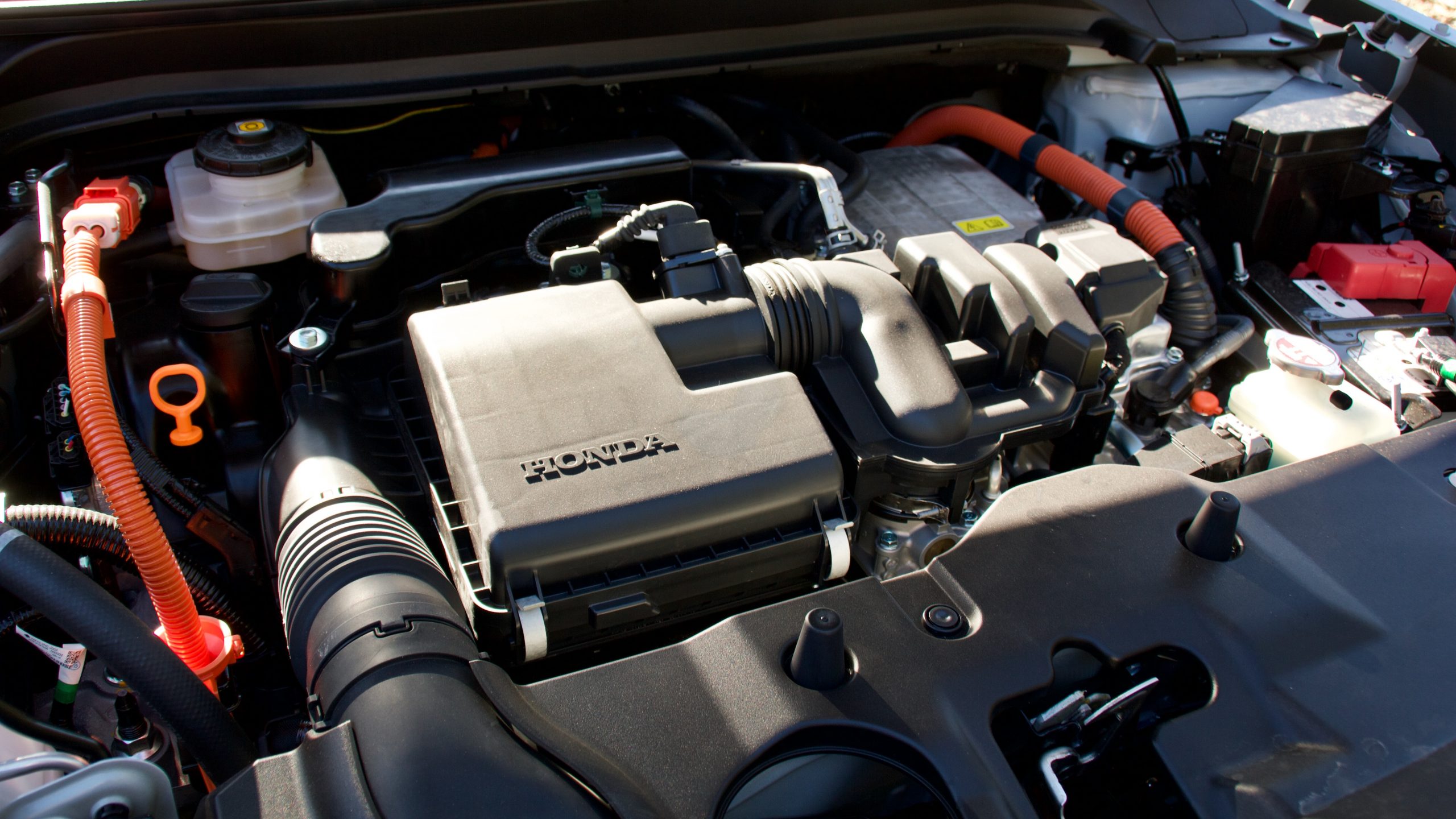
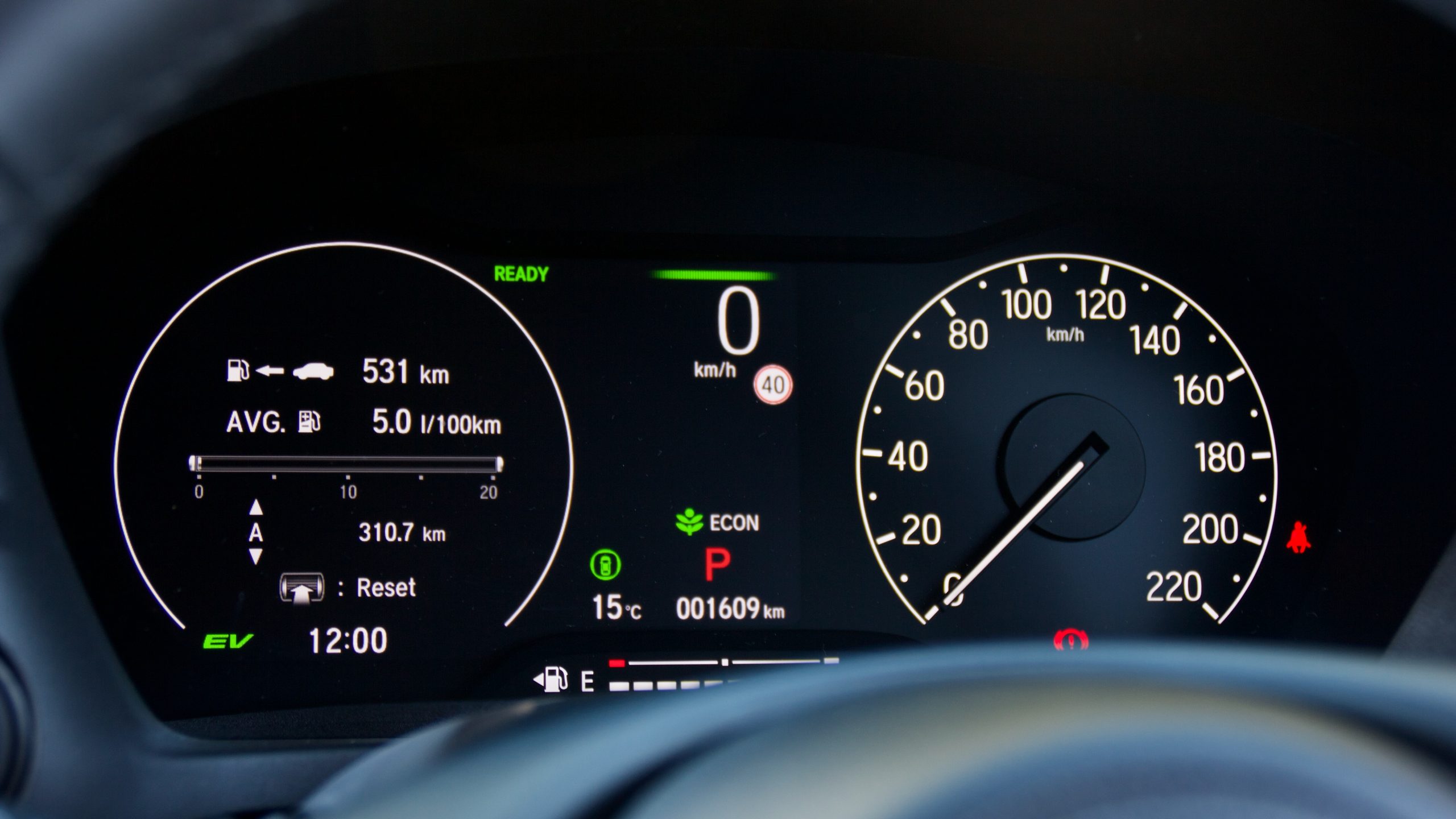
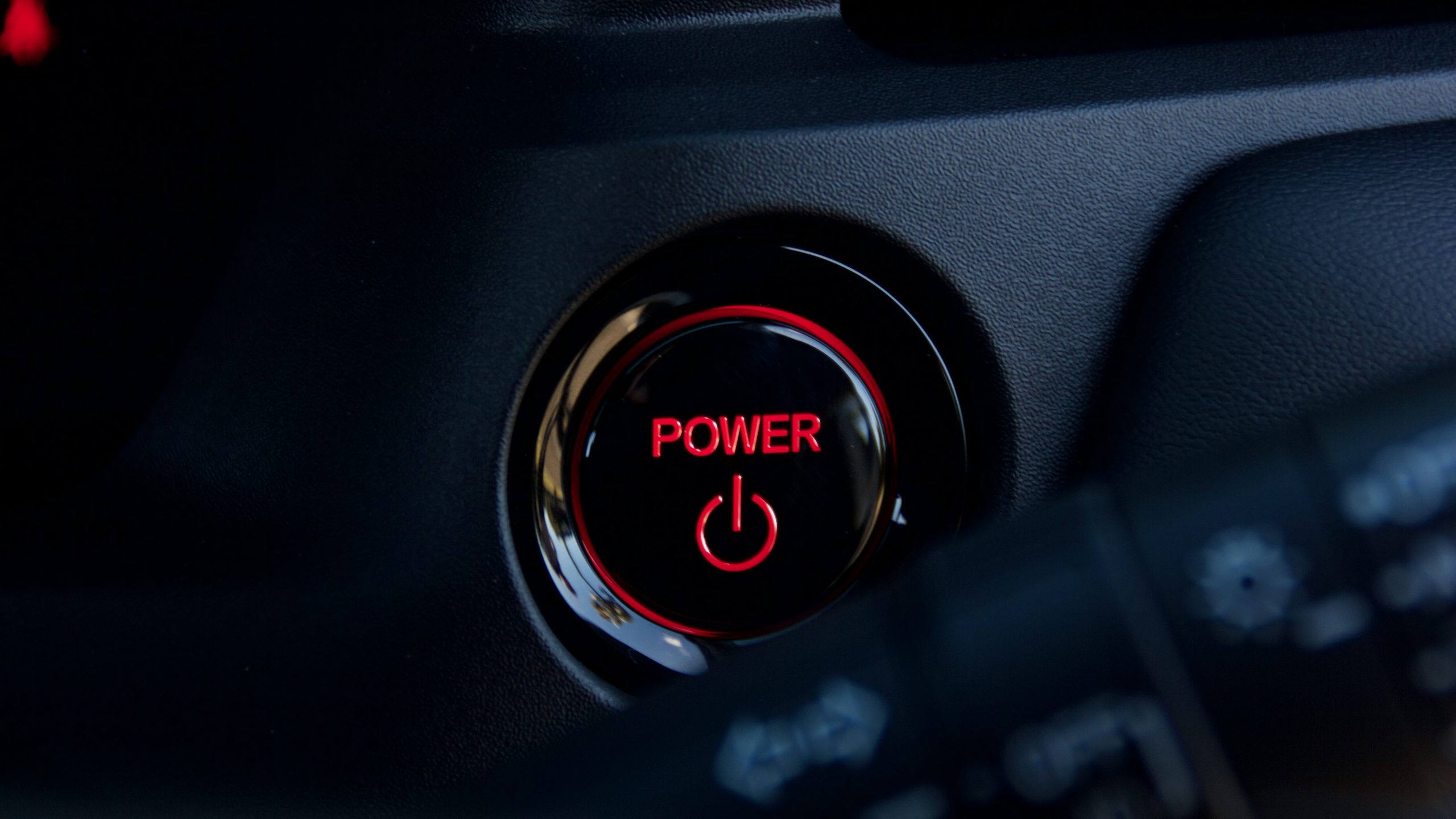
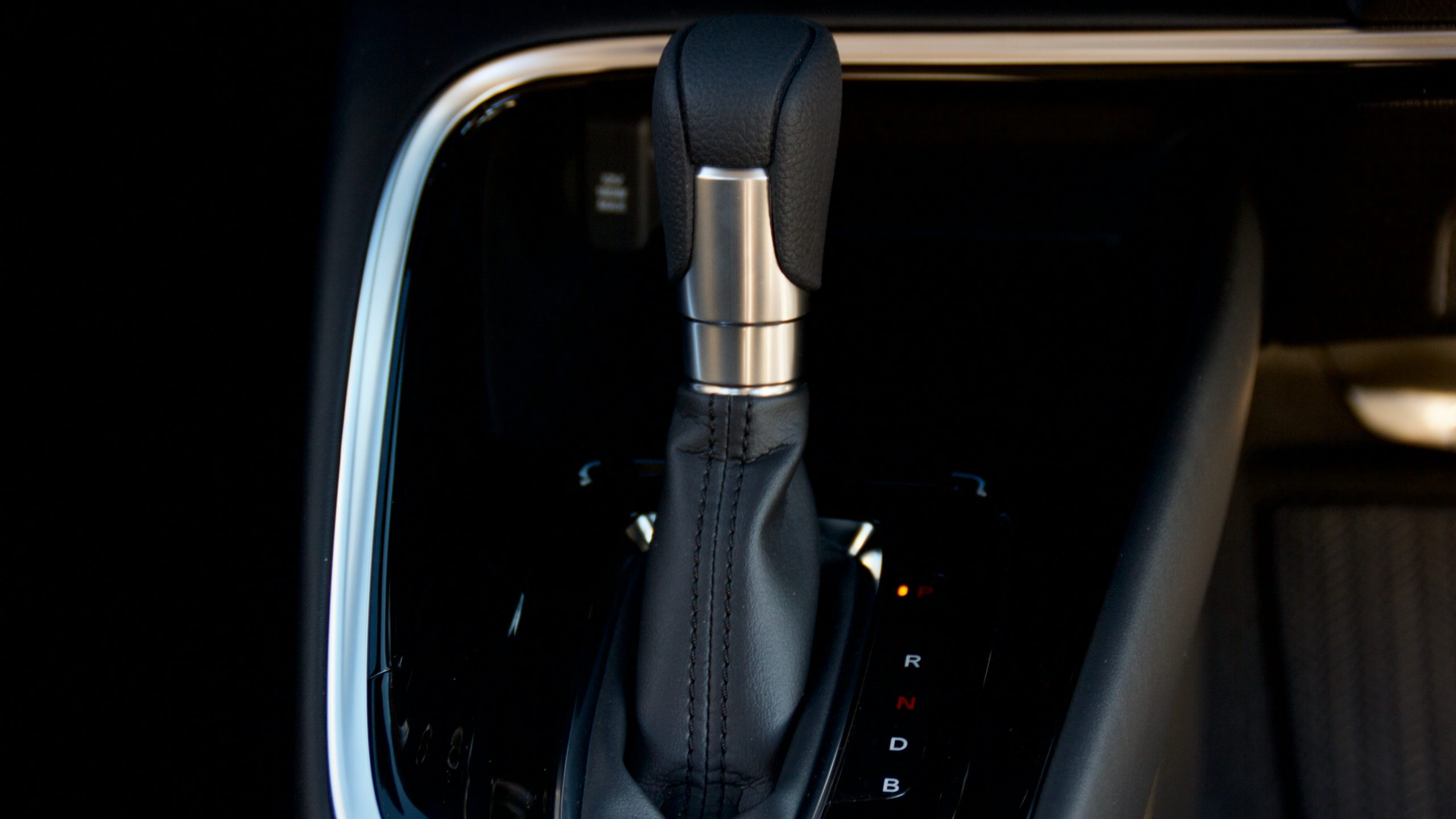
Of course, hybrid systems like this are not unusual but Honda’s newest hybrid system does feel quite refined – more so than the system in the C-HR hybrid. The transition from electric to petrol power is genuinely seamless – noise aside, sometimes your only clue that the petrol engine has switched on is the lack of EV sign in the driver’s display. Provided there’s enough charge in the battery, you can hit up to around 50km/h on pure electric power from a standstill, which is a higher speed than we achieved from the C-HR hybrid in our testing.
With both the petrol engine and electric motor activated and working in tandem, the HR-V hybrid feels quite peppy. With a full 253Nm available from low in the rev range, propulsion is not an issue in the urban environment. Even at higher speeds, the HR-V hybrid feels totally fine – you do have to rev it to get the most out of it, but the 1.5-litre petrol engine feels refined in comparison to the C-HR hybrid’s old 1.8-litre donk. Even the CVT transmission feels reasonably intuitive with stepped ratios.
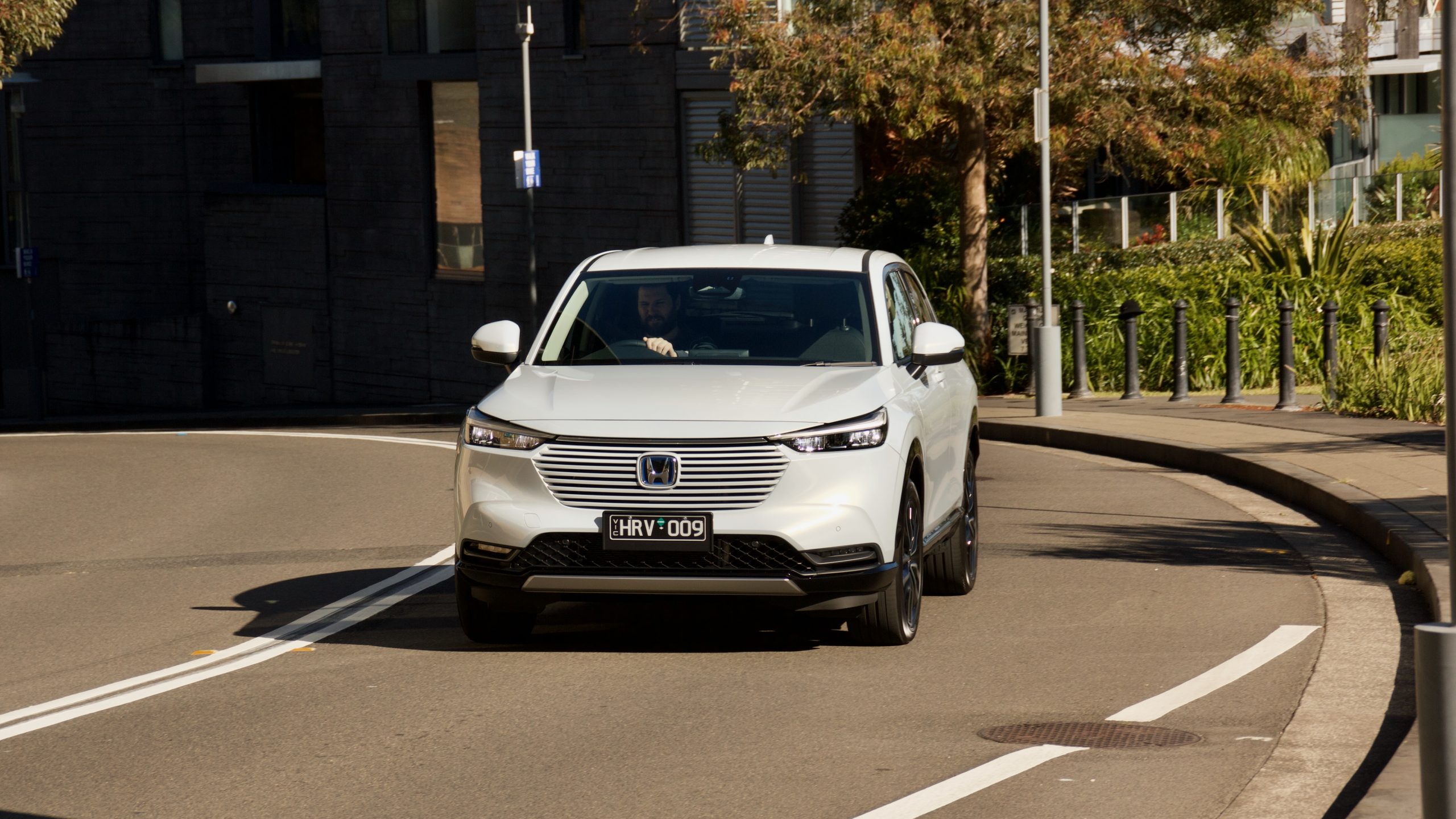
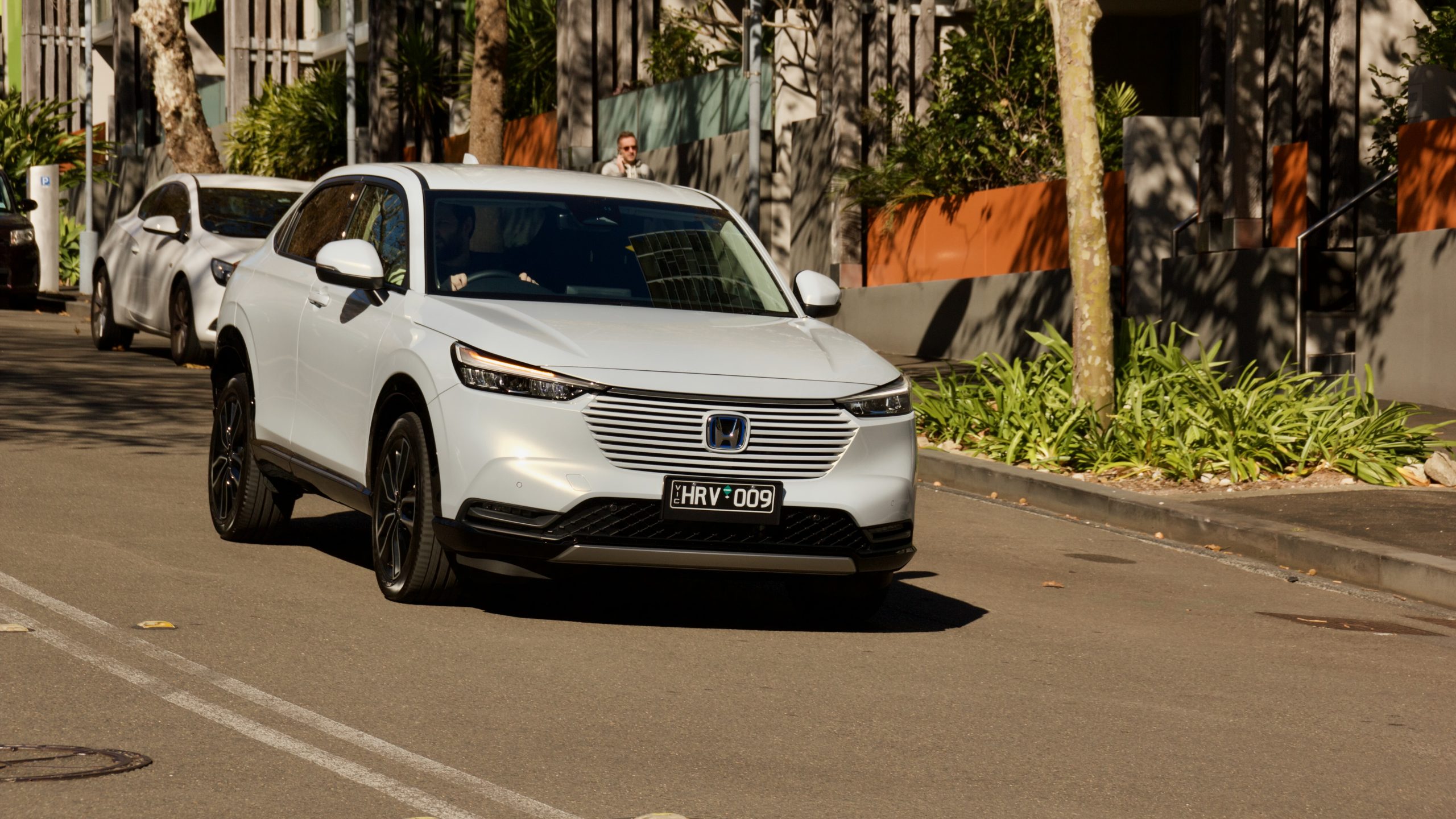
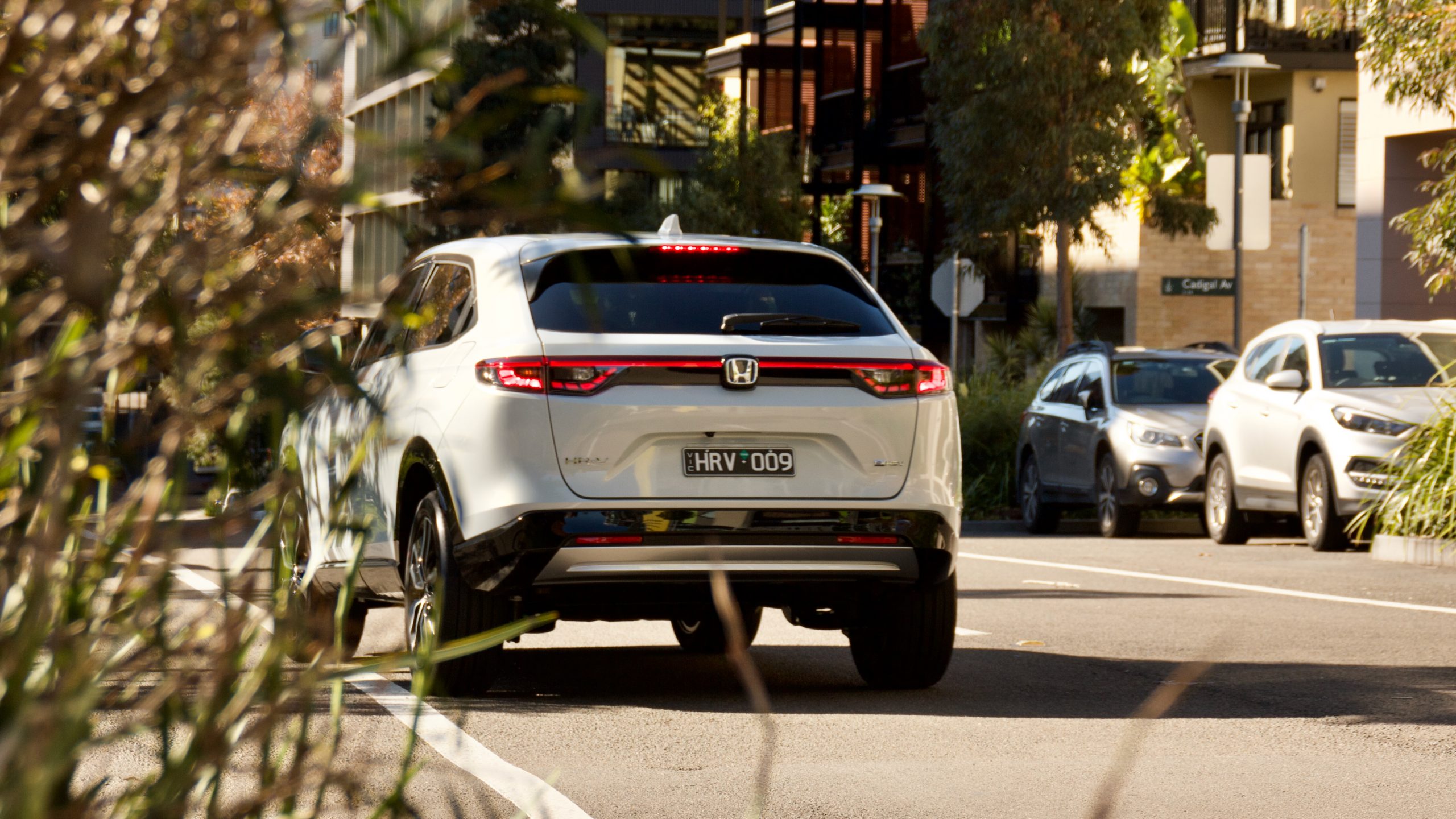
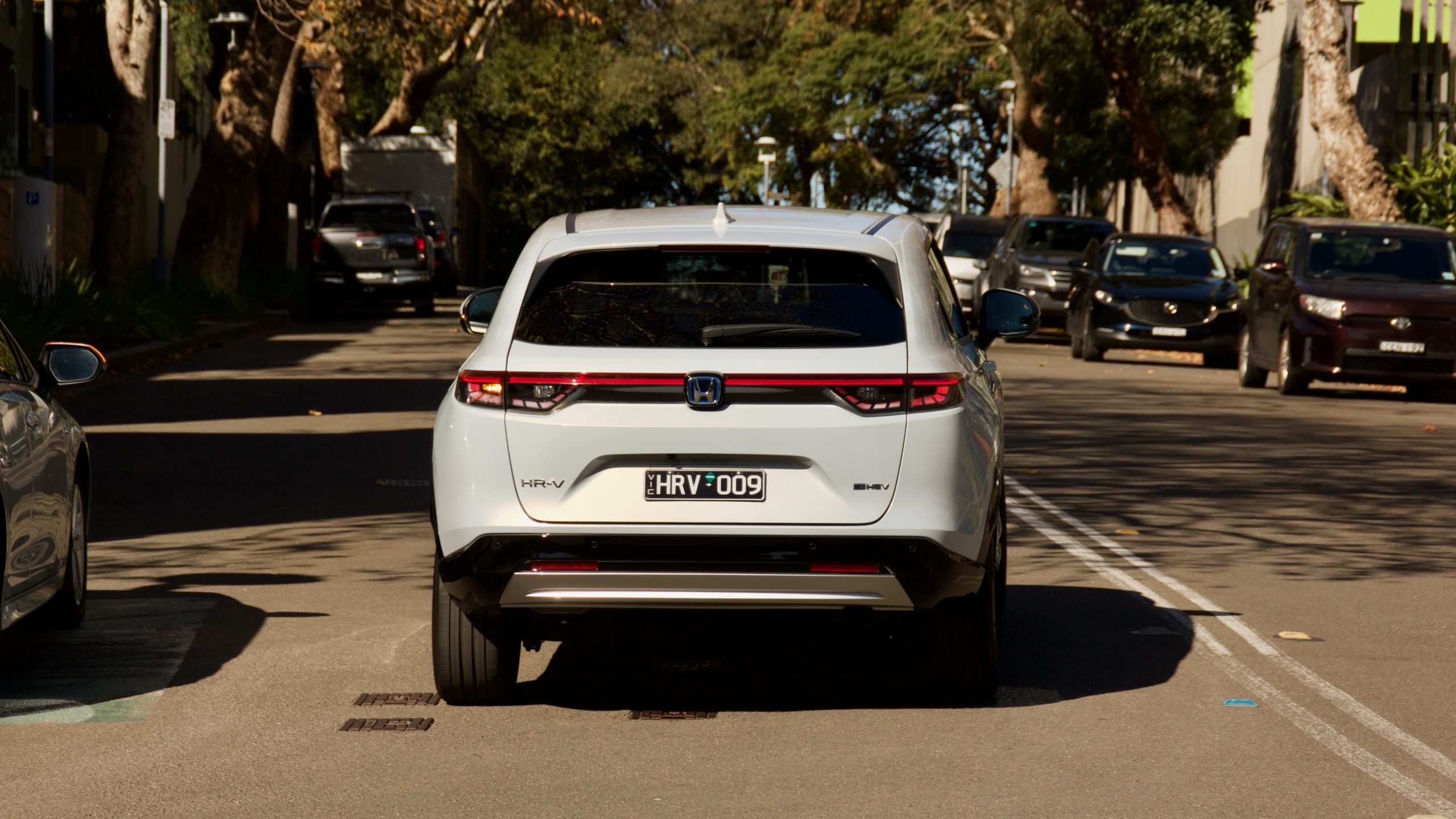
Honda claims that the HR-V hybrid will use 4.3L/100km with a remarkable 2.9L/100km rating for urban use. Our testing was less positive, but still not bad with a combined rating of 5.0L/100km. Adding further to low running costs is that the HR-V will run on 91RON regular unleaded. It has a 40-litre fuel tank, which will enable it to travel more than 800km on a tank of fuel based on our consumption.
Ride & Handling: 8/10
While the 2022 Honda HR-V e:HEV L is the size of the C-HR externally, it actually sits on the same ‘Honda Global Small Car’ platform that also underpins the latest Jazz, which we are – unfortunately – denied in Australia. This gives it an unremarkable suspension set up with a torsion beam at the rear, but the new HR-V’s driving experience is more rounded and more refined than the previous HR-V.

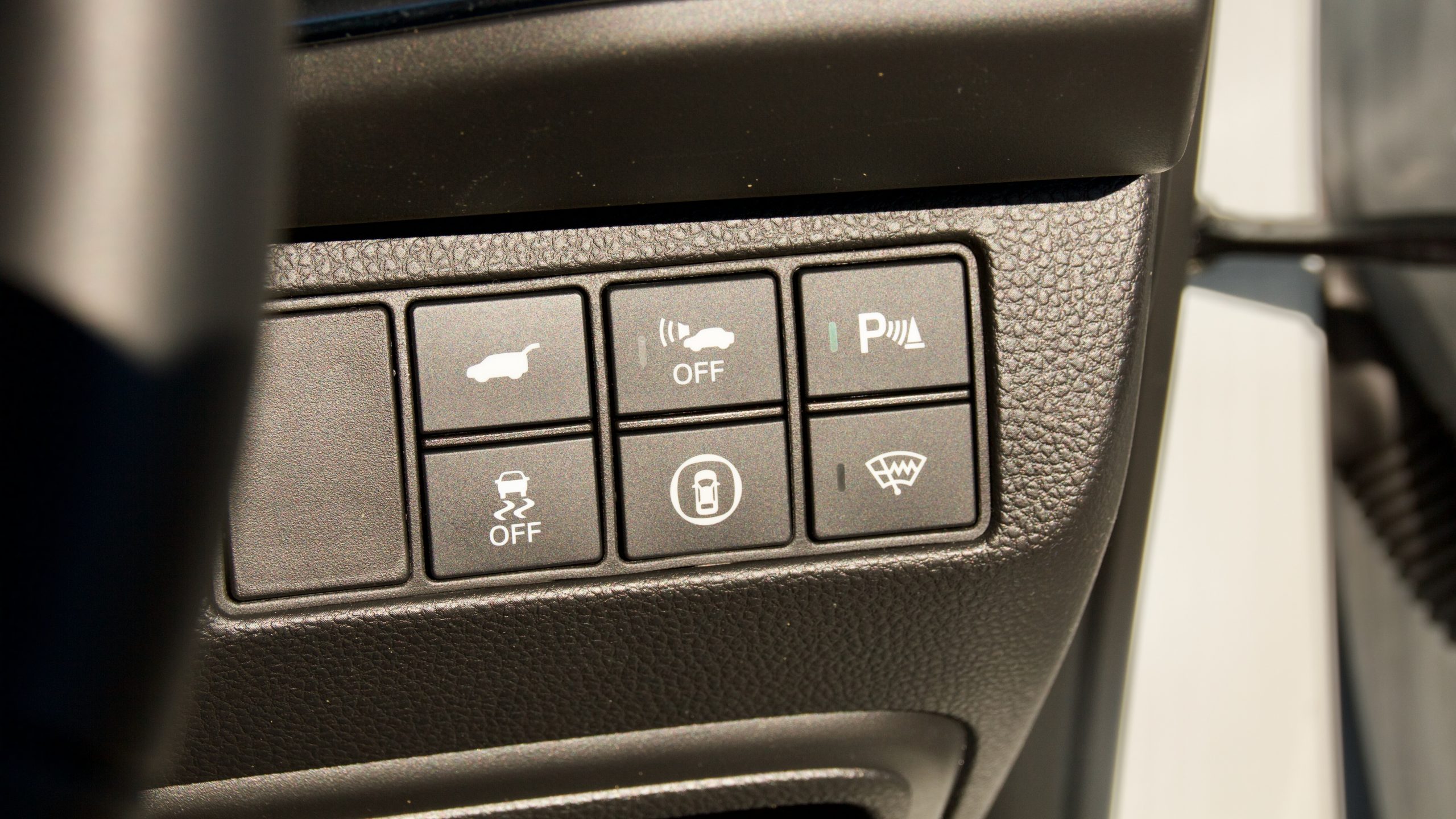
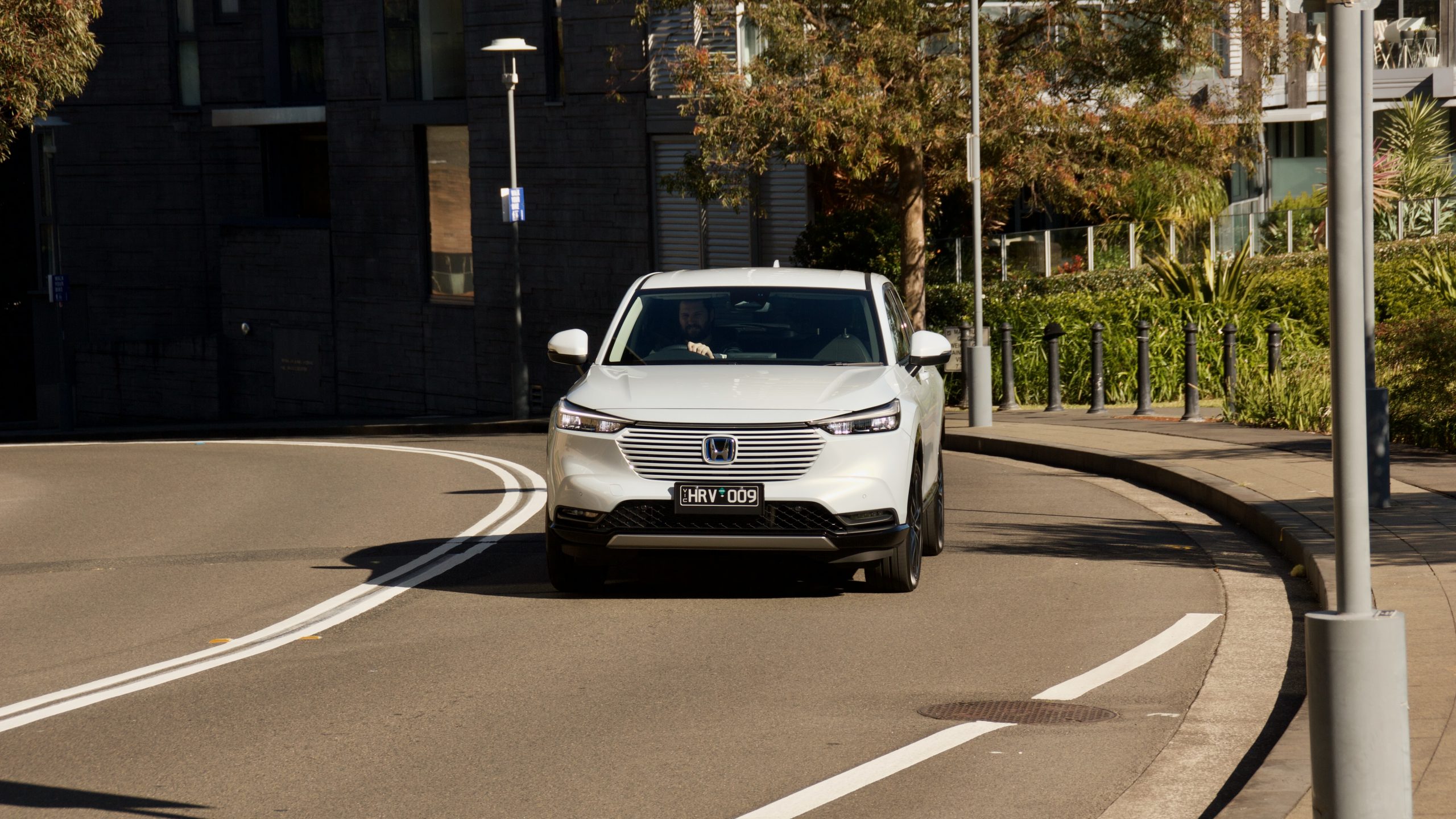
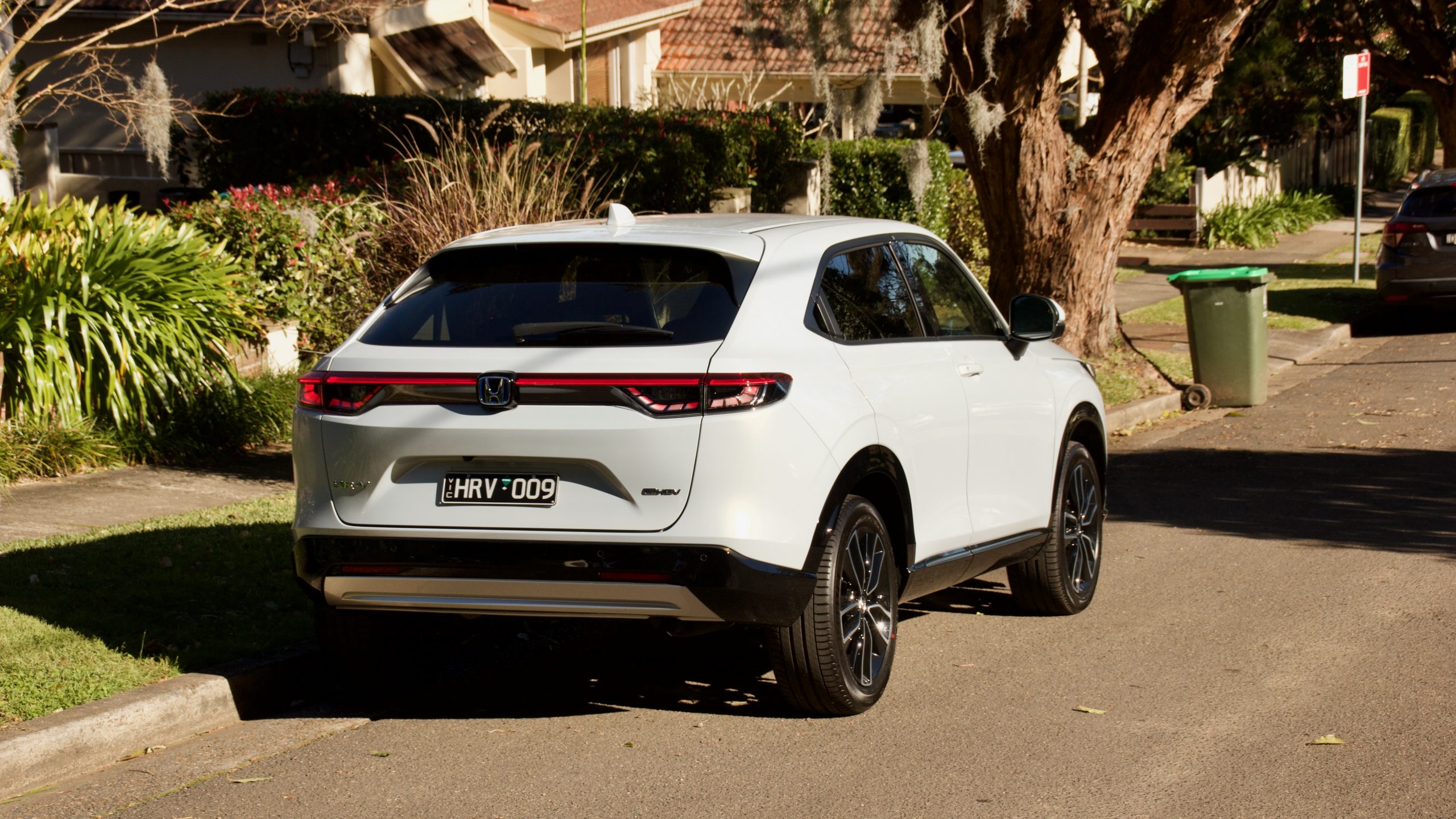
It doesn’t strike the same great balance of ride and handling as the C-HR, but it drives well with quick steering, keen handling and reasonable ride comfort – only bigger low-speed bumps can upset it a bit, thanks to its large 18-inch wheels. Special mention must go to the HR-V’s suite of active safety tech, which is quite well tuned – the auto braking is attentive, the lane keep assistance is subtle but effective and the reversing camera is quite detailed. It’s a big departure from the previous car, which had only AEB, lane keep assistance and a blind-spot camera – and the latter features were only on the top-spec car as well.
Interior & Practicality: 8/10
While it may not seem it, the interior of the 2022 Honda HR-V e:HEV L is a world away from the previous generation HR-V. It’s now more modern, much more feature packed, better quality and more comfortable – if not quite as practical, which we’ll get to in a second.
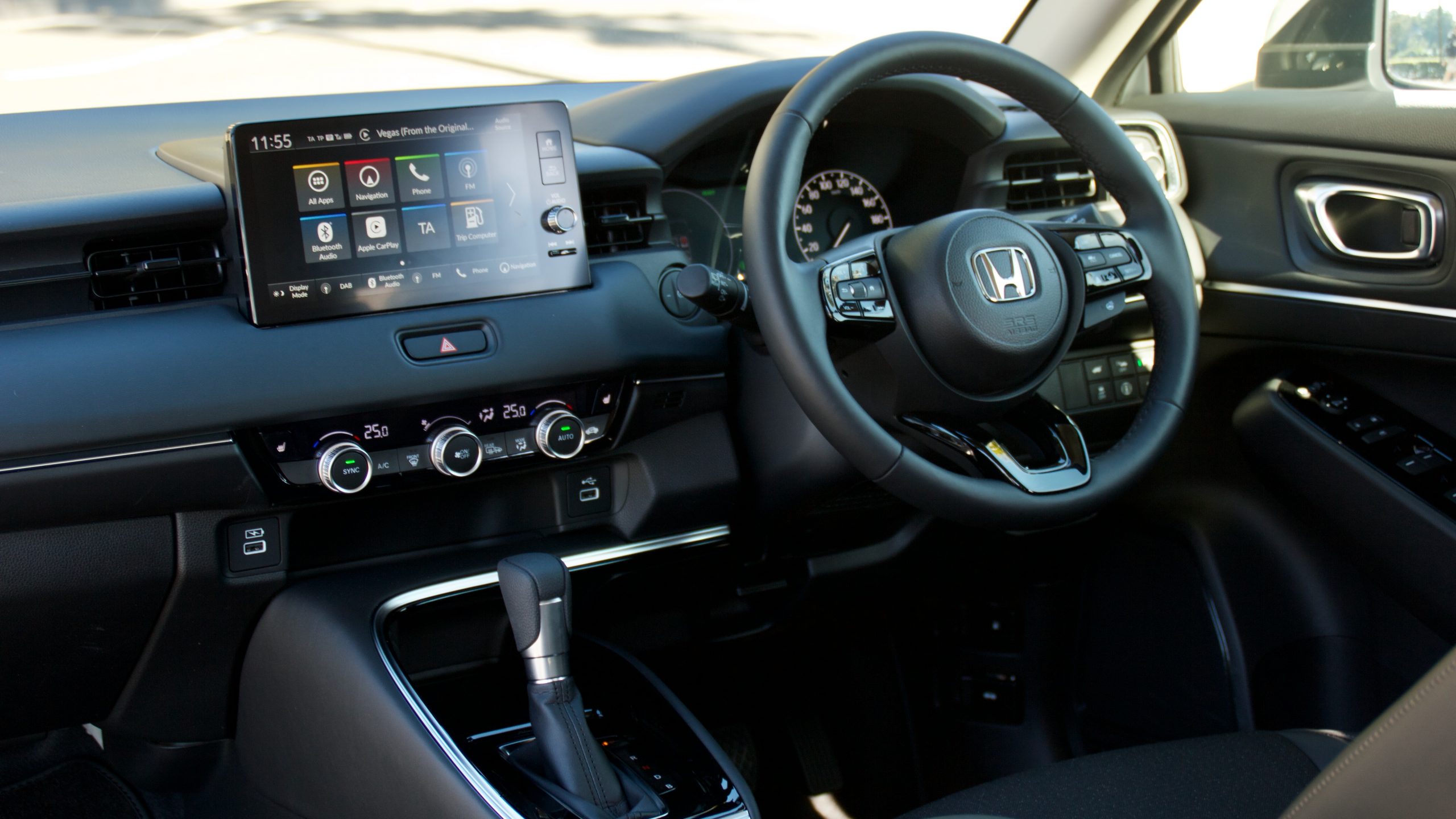
What surprised this writer most – especially after more than a decade of Thai-built Honda products that paled in comparison to Japanese-made versions of the same car – is just how well built the new HR-V is. While not every surface is soft-touch, most are, and even the hard top of the dashboard feels quite solid and it doesn’t flex when you press it. There is liberal use of soft touch faux leather trims on the seats, doors and centre console as well, while the switchgear – such as the heating and ventilation controls, steering wheel buttons and window switches – feel fantastic.
One cool touch is that the click wheel for the temperature will glow red if you’re increasing the temperature, and glow blue if you’re decreasing it – a small detail that we really love. Another is that when you’re on the move and you’re in a dark space or at night, the headlights cannot be switched off – this is another clever bit of tech that all cars need to have. The HR-V’s front cabin is pleasingly practical with more than enough cubby holes for your trinkets. The door bins are reasonably sized, the centre console bin is big, the cup holders are a good size and the two trays ahead of the gearbox are also very handy – though, beware, they do let phones slide around.
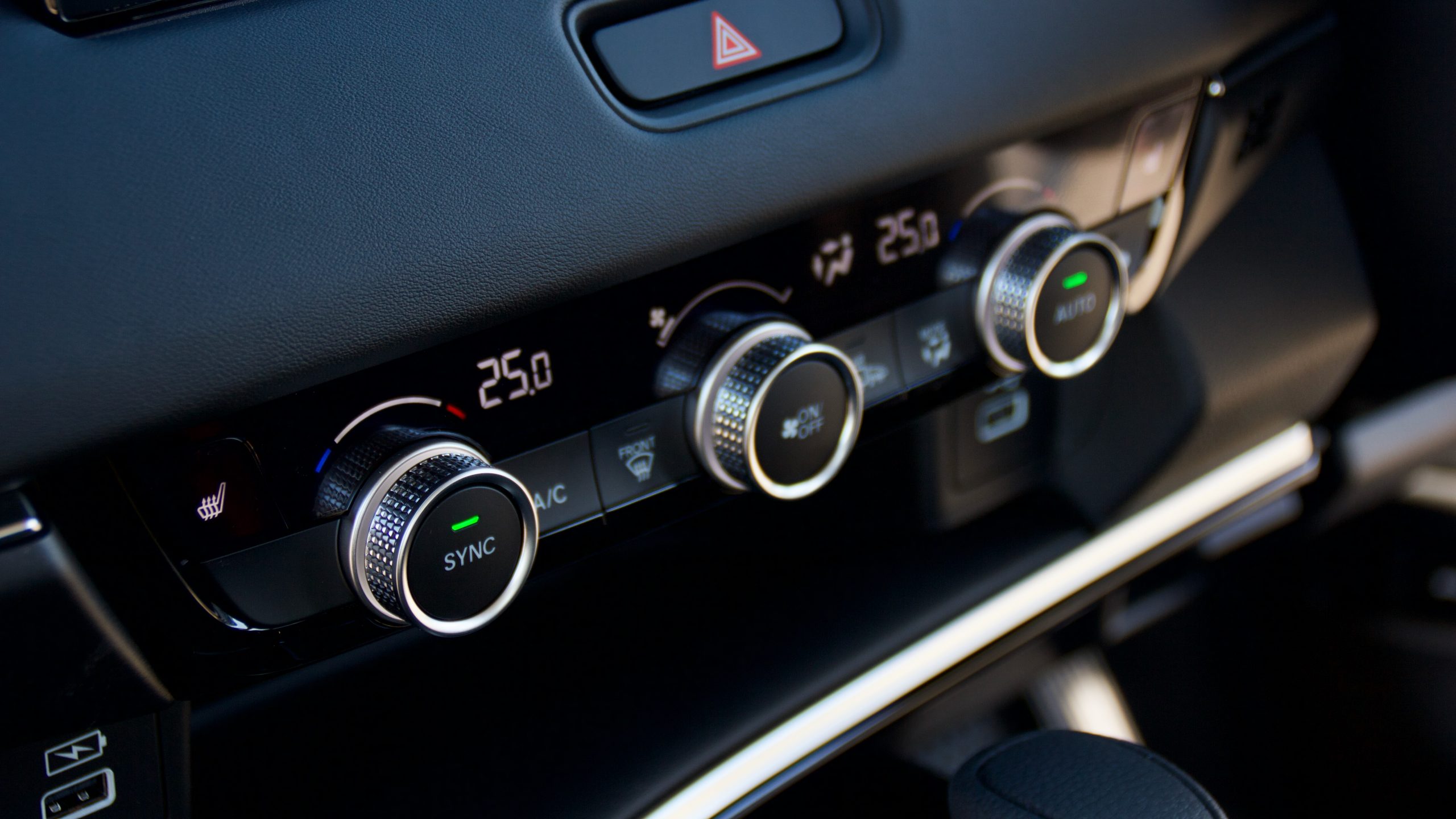
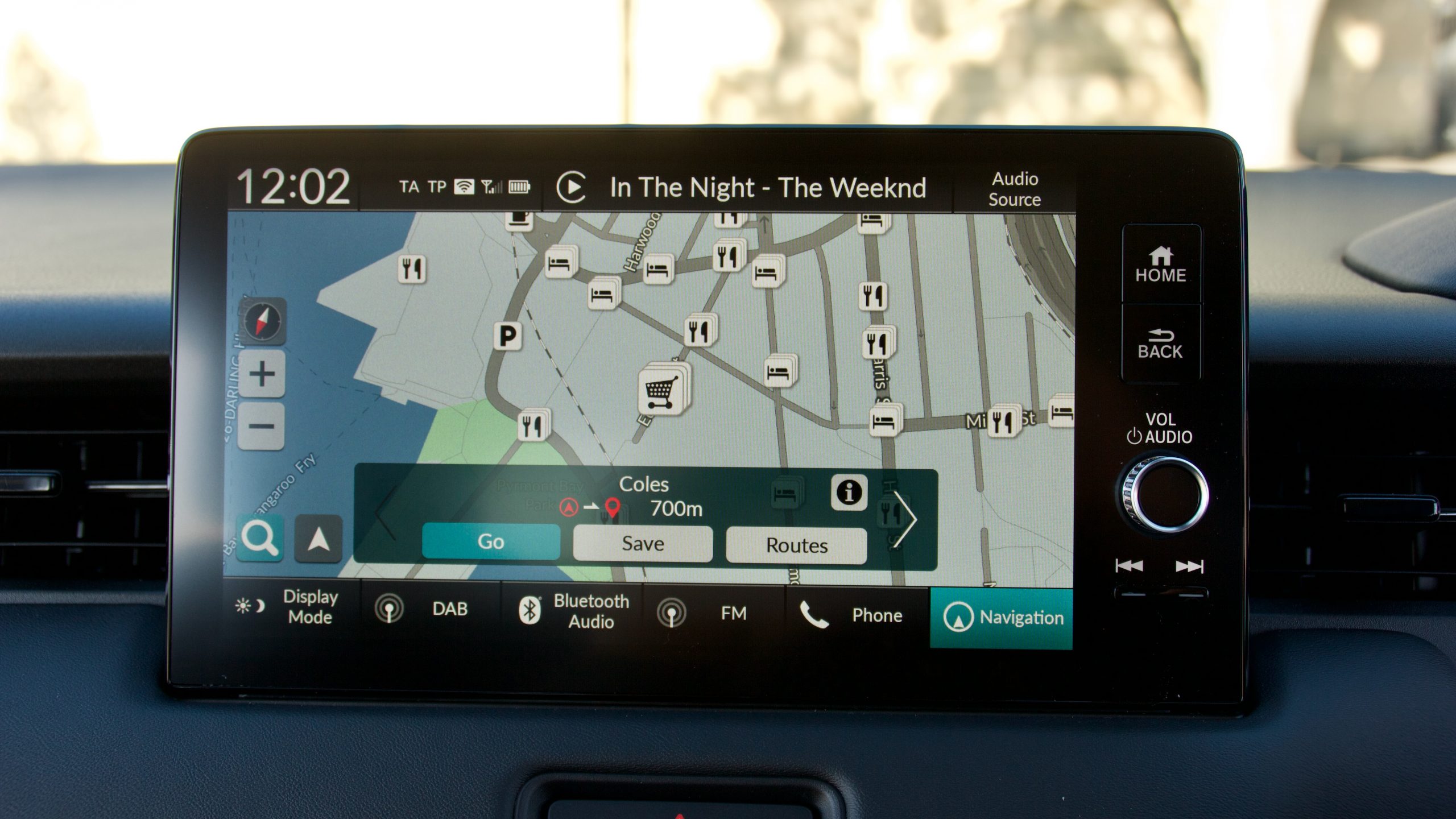
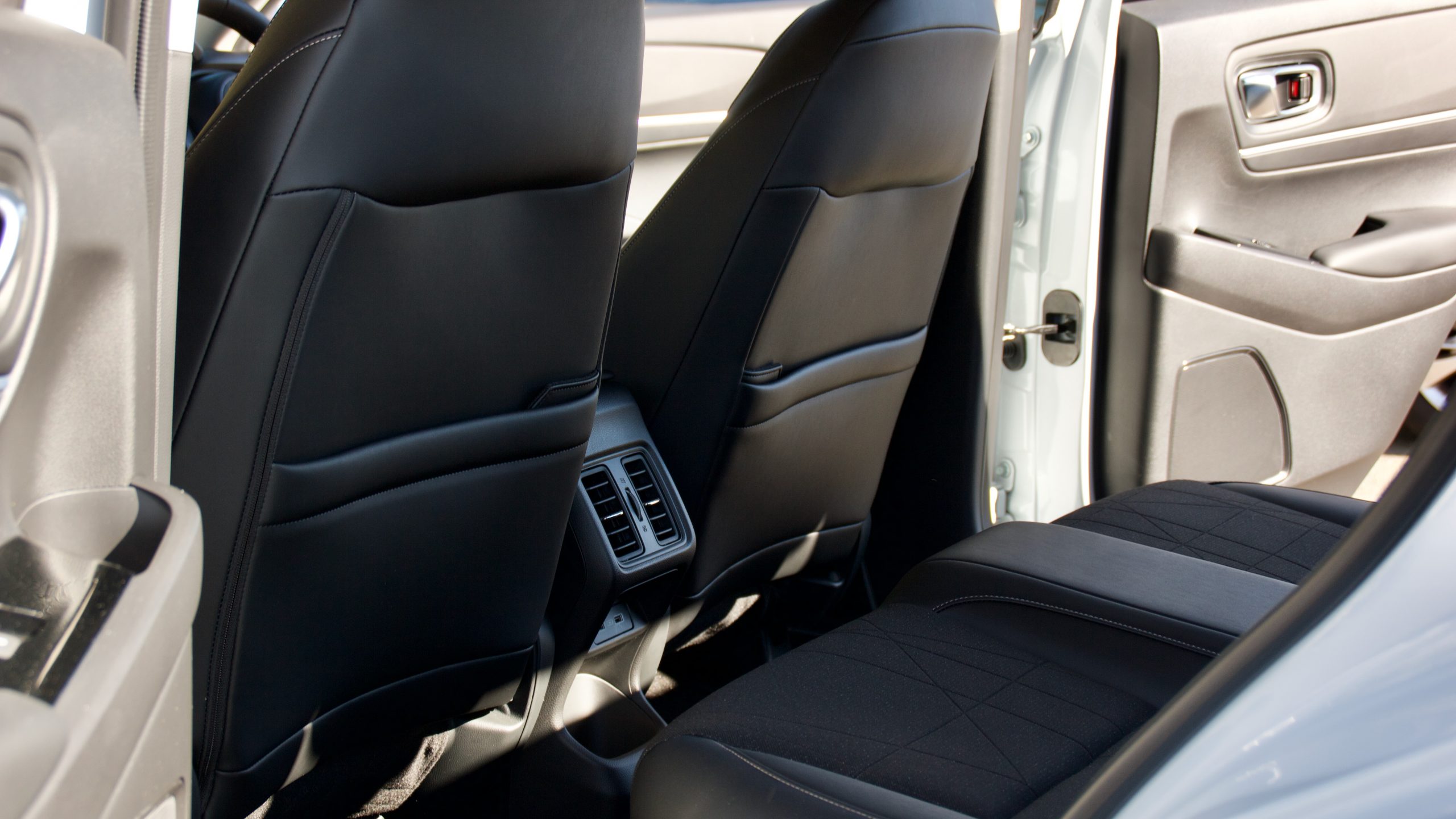
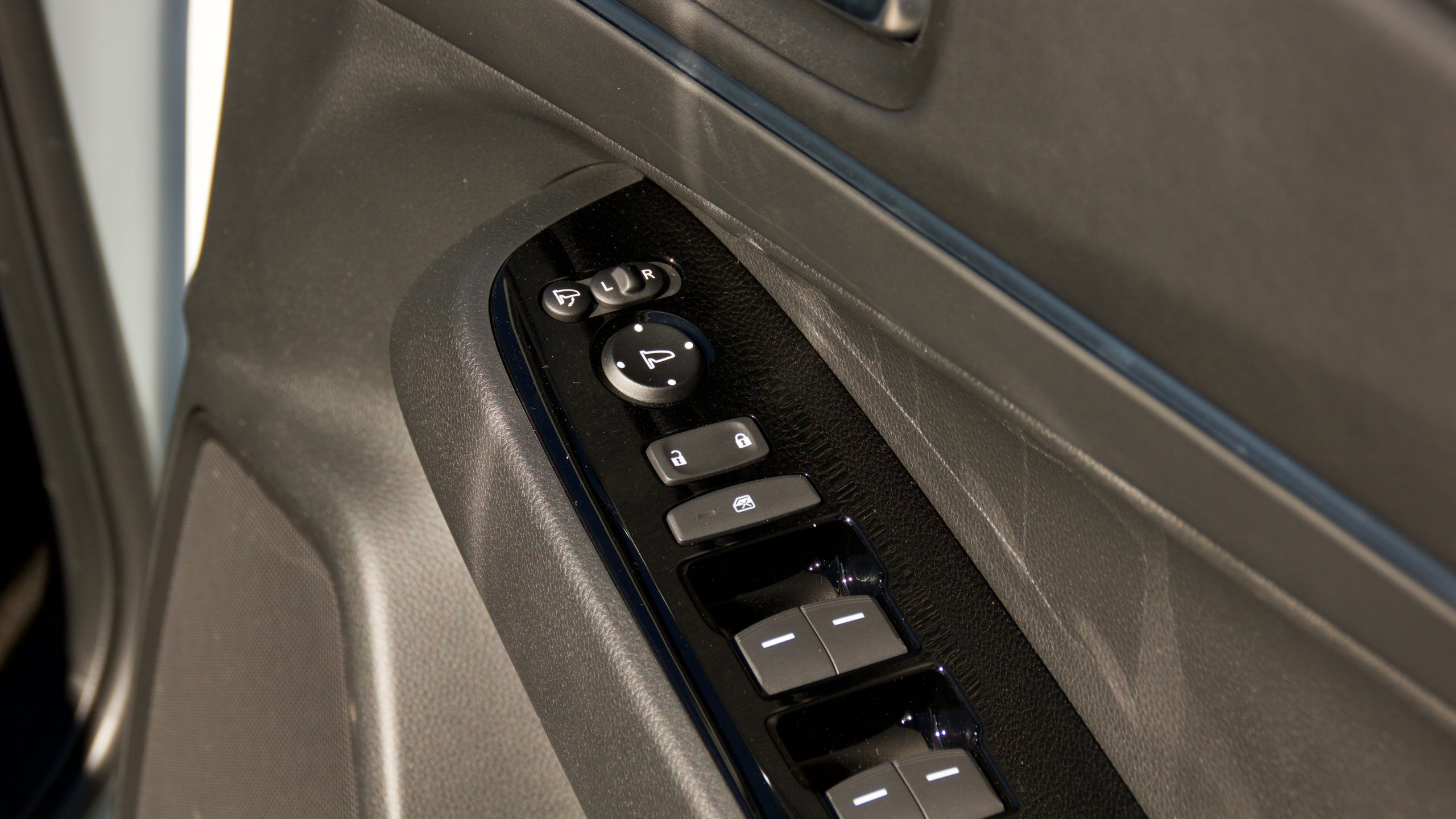
Centre of the HR-V’s cabin is a 9.0-inch touchscreen with wireless Apple CarPlay, wired Android Auto, satellite navigation and digital radio. It’s featured on some overseas Honda models for a few years now and we were impressed with the screen quality, quick response time and how easy to use the system is. There’s only a six-speaker sound system though, and while it’s got reasonable quality, we think the 10-speaker unit available in Japan should be standard equipment in Australia. The wireless Apple CarPlay is quick to connect as well, while a wireless charger would be a nice addition to compliment the wireless CarPlay – it is available as a dealer-fit accessory for $650. But four USB ports are fitted as standard, which is a full three more than the C-HR.
The back seat of the HR-V is perhaps its biggest attribute as it’s quite large – especially for its size and compared with the small back seat of the C-HR. It’s roomy in every direction, especially legroom, while it’s also fully featured with a centre arm rest with cup holders, vents, two USB charging ports, map pockets with a phone holder, storage underneath the seat base and bottle holders in the doors. Unlike the claustrophobic C-HR, the large windows make the rear seat of the HR-V feel airy.
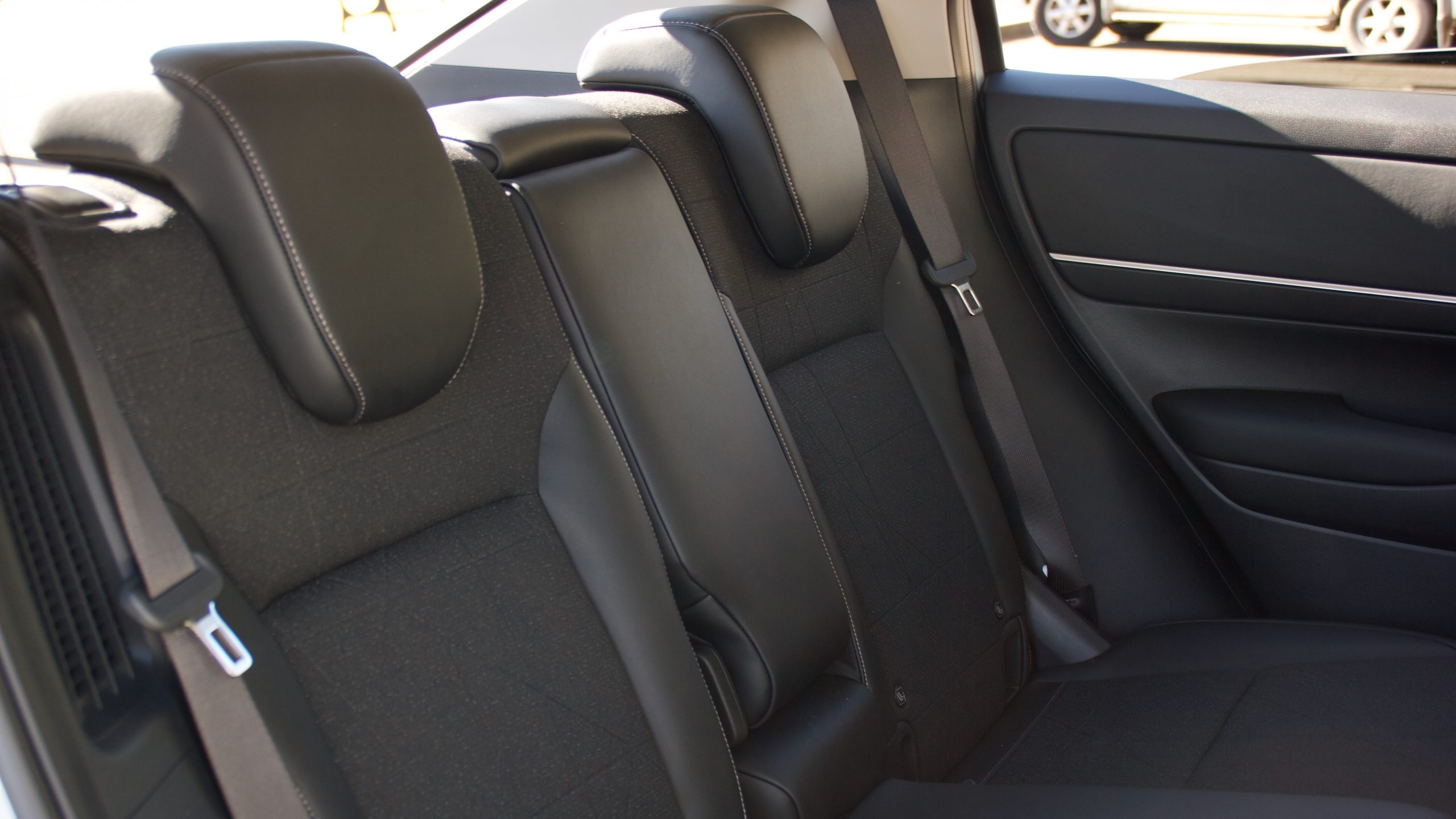
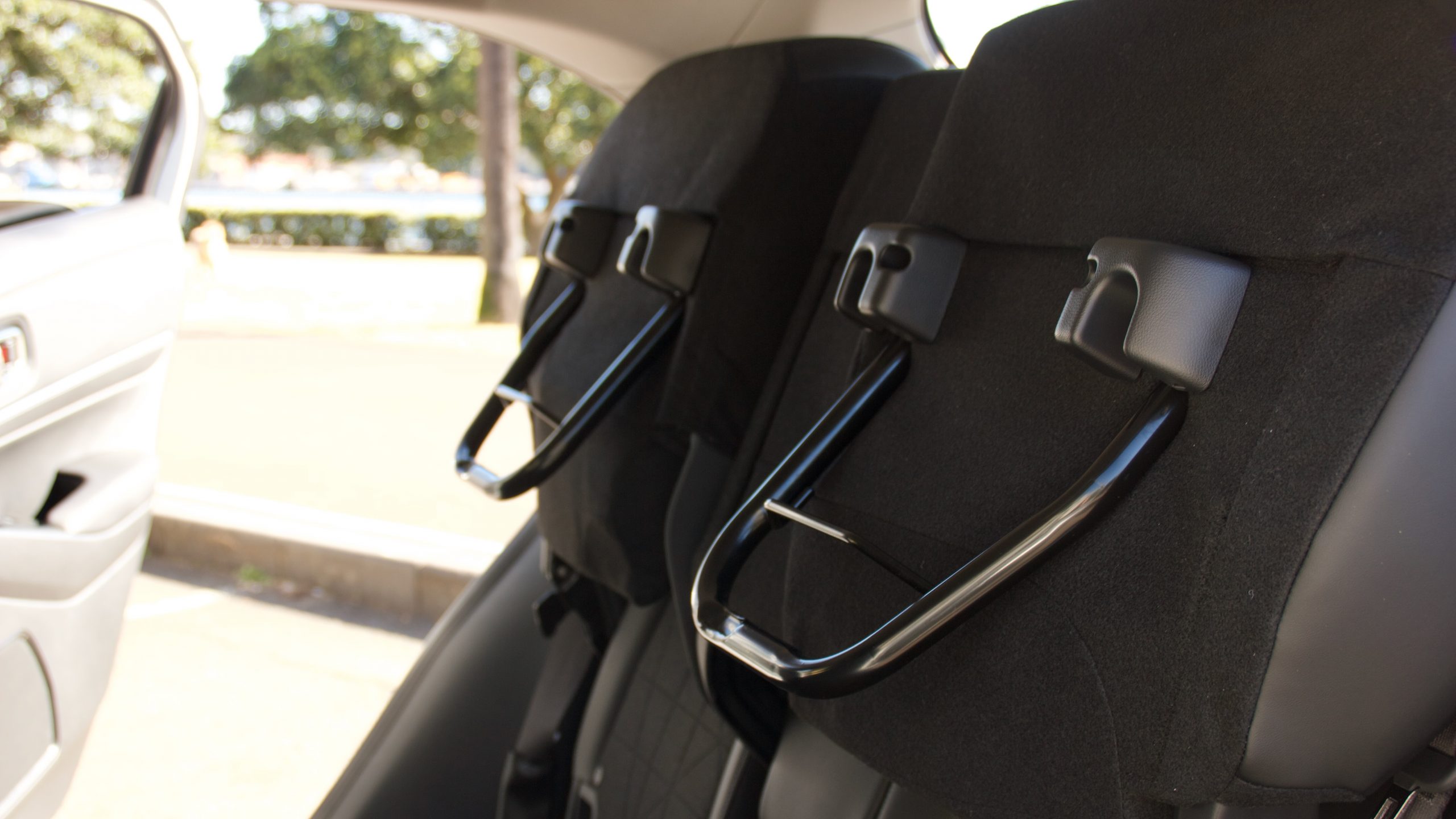
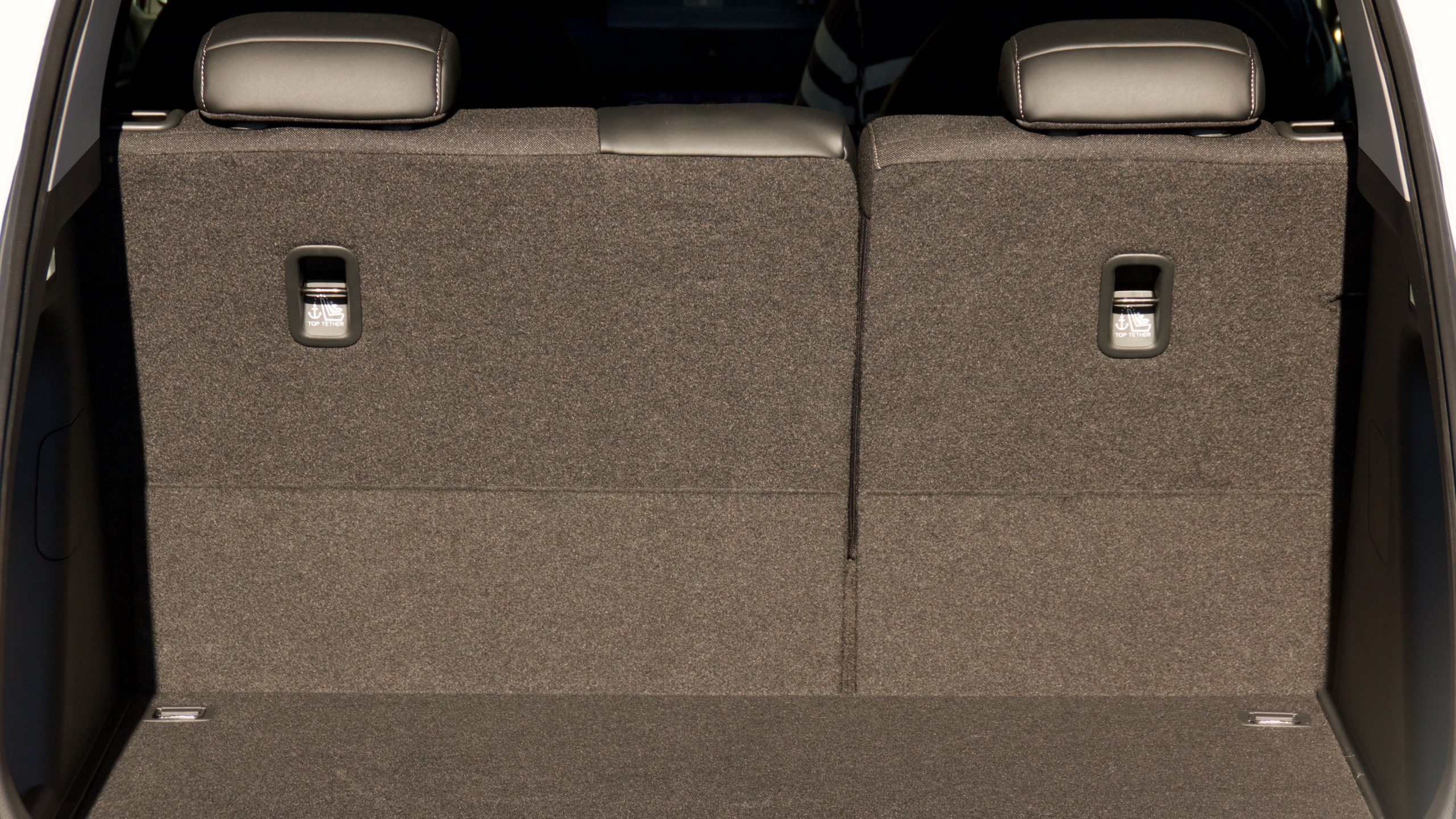
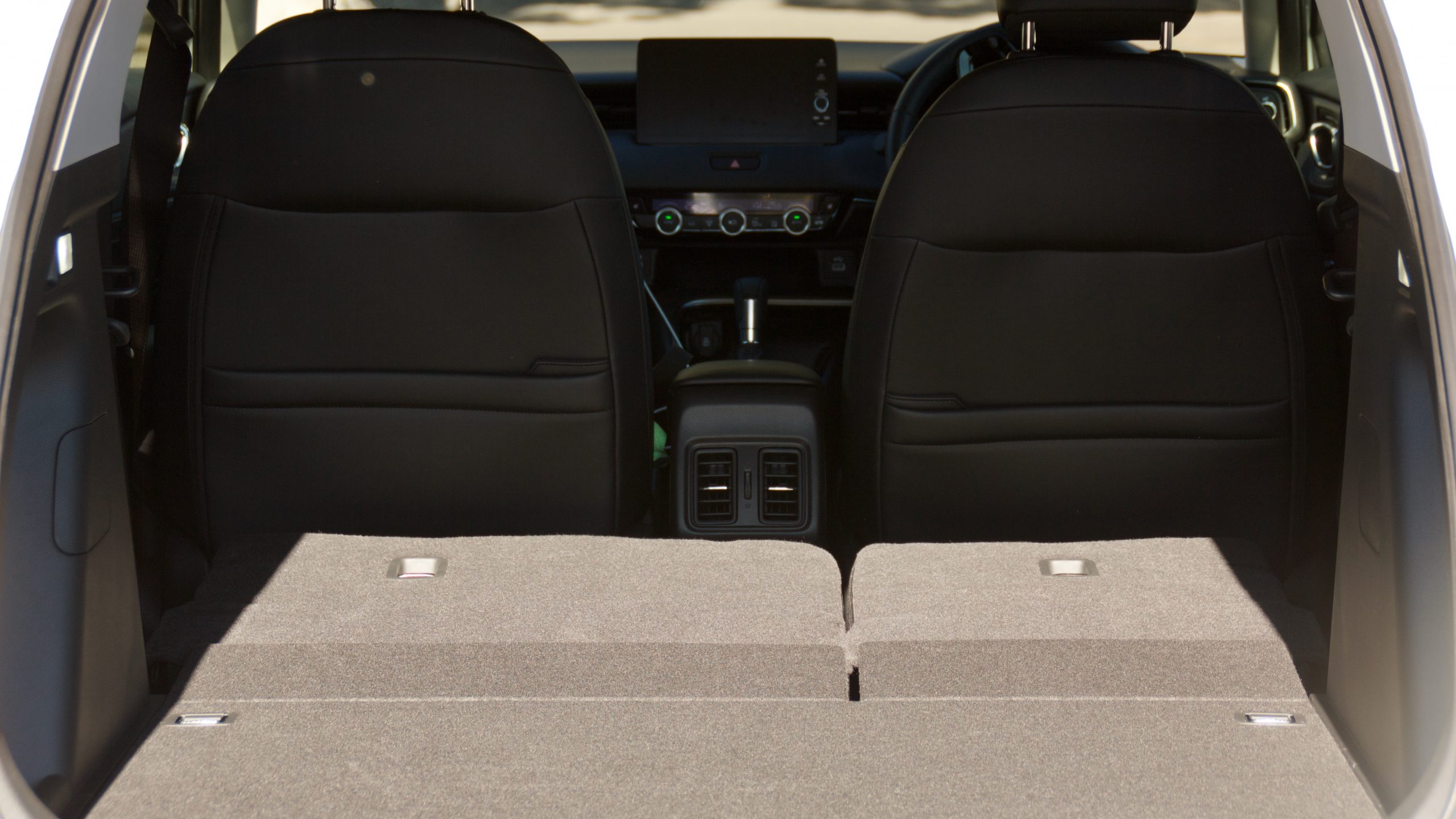
The boot of the new HR-V is perhaps the most disappointing thing about it as it has shrunken to 304-litres of space (1,274L with the seats folded), which is 133L smaller than the previous car. It’s still a good size and there is some under floor storage, trays on either side and one boot hook, but the difference in size compared with the old model is noticeable. Honda’s Magic Seats do help practicality – they fold completely flat, or if you need, can fold up against the back rest – and are still somehow a unique feature in the industry. But there’s also no spare wheel, which is annoying.
Service & Warranty: 9/10
Like its C-HR rival, the 2022 Honda HR-V e:HEV L comes with a five-year/unlimited km warranty with an eight-year warranty for the battery and hybrid bits, as well as five years of roadside assistance and five years of map updates for the navigation system. While its service intervals are a short one-year/10,000km, its service pricing of just $125 per service for the first five ($625 over five services) makes up for that.
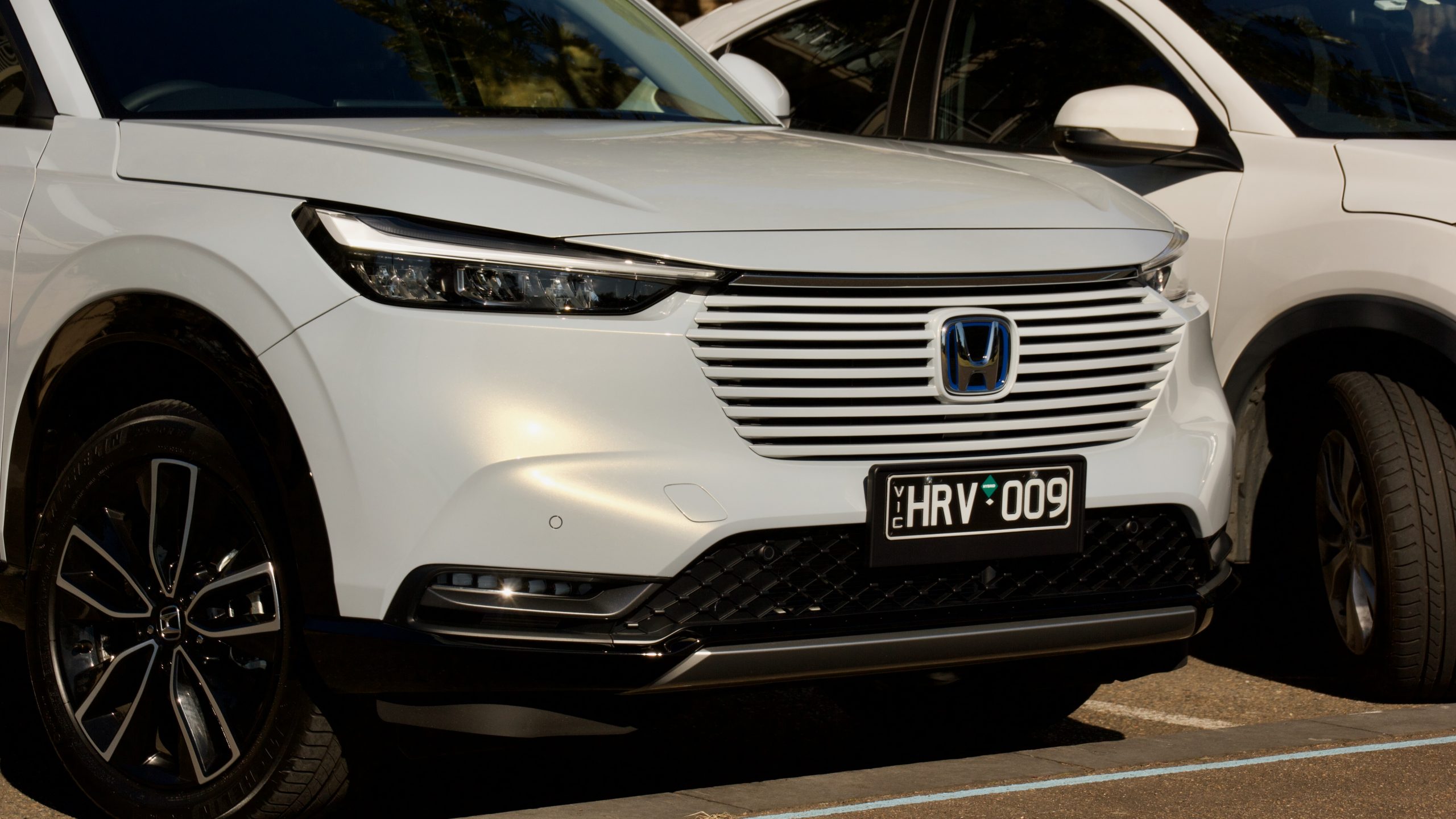
How does that compare to rivals? Well, both the C-HR and Niro have longer 15,000km service intervals, which adds convenience for customers. But even Toyota can’t match the HR-V’s low service costs with $220 annual servicing ($1,100 over five years) and Kia’s service pricing for the Niro hybrid is significantly more expensive at $2,321 ($464 per service) – the Niro’s fourth-year/60,000km service ($871) is more expensive than the first five services of the Honda.
The 2022 Honda HR-V e:HEV L DiscoverAuto Rating: 8.2/10
Perhaps surprisingly (based on recent Honda products), the 2022 Honda HR-V e:HEV L is a genuinely really good car. It’s practical, it drives well, its hybrid drivetrain is refined, punchy and efficient, it’s well equipped, features great quality throughout and it’s very cheap to service as well. Despite a smaller boot, it shows a bigger range of talent than the previous HR-V and in a fashion that we’re used to from ‘old Honda’, it’s a slick and smooth operator with character and excellent engineering.
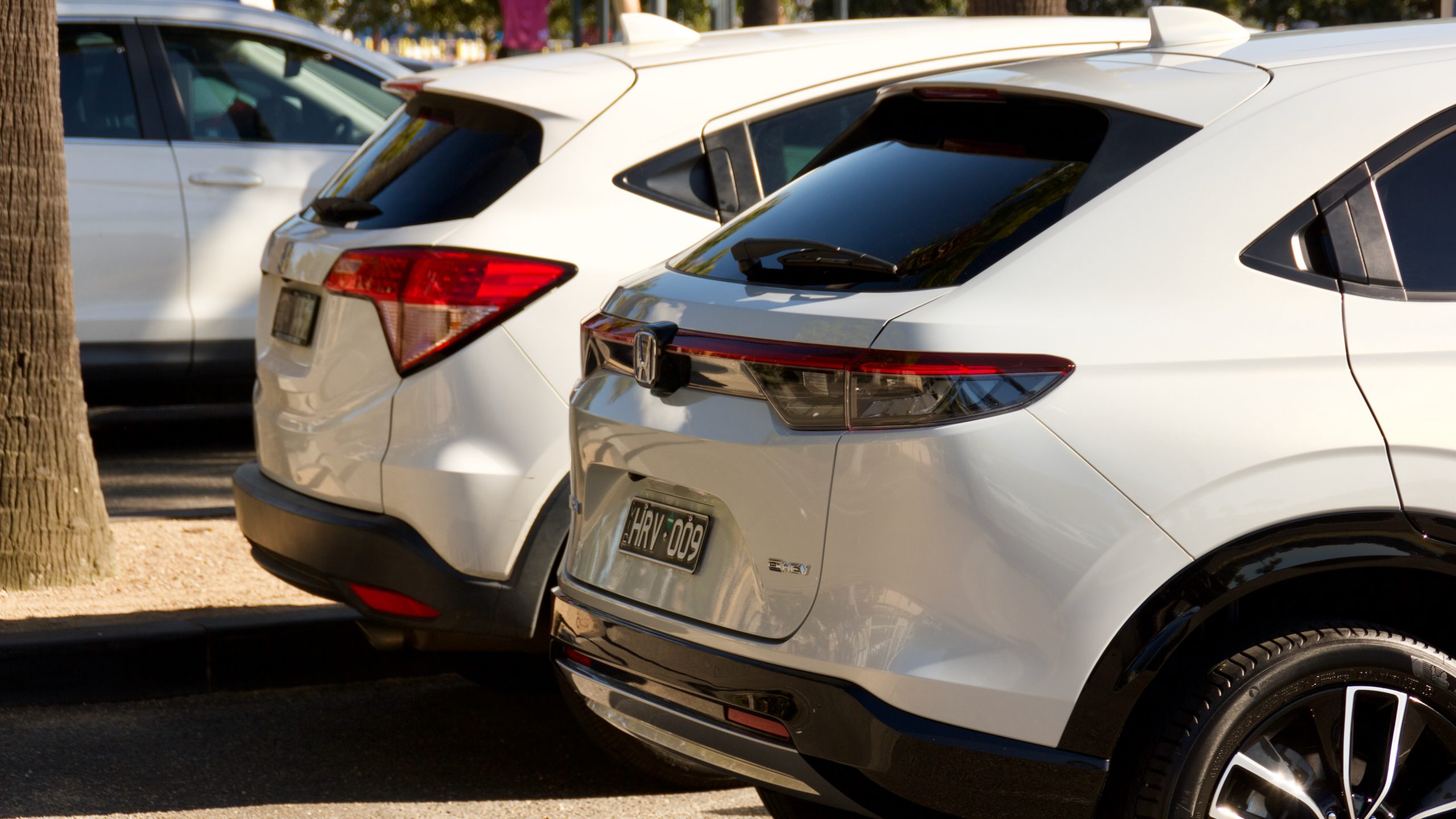
As for the car itself, there’s very little wrong with it and if buyers can overcome the price, we think it will find many homes. $45,000 drive away is a big pill to swallow. But compared to rivals like the C-HR and Niro hybrids, and thanks to its standard kit levels and for the level of quality on offer, the HR-V hybrid is reasonable value for money. We think that Honda will sell as many HR-V hybrids as it can get its hands on, and based on this first taste, we can’t wait to see what its future products are like.
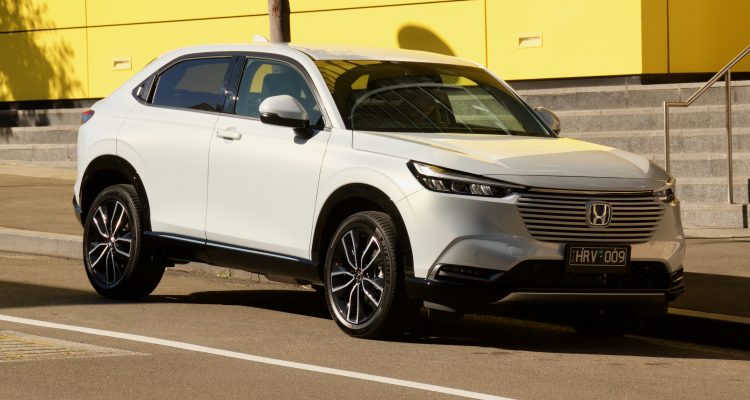
Leave a Reply